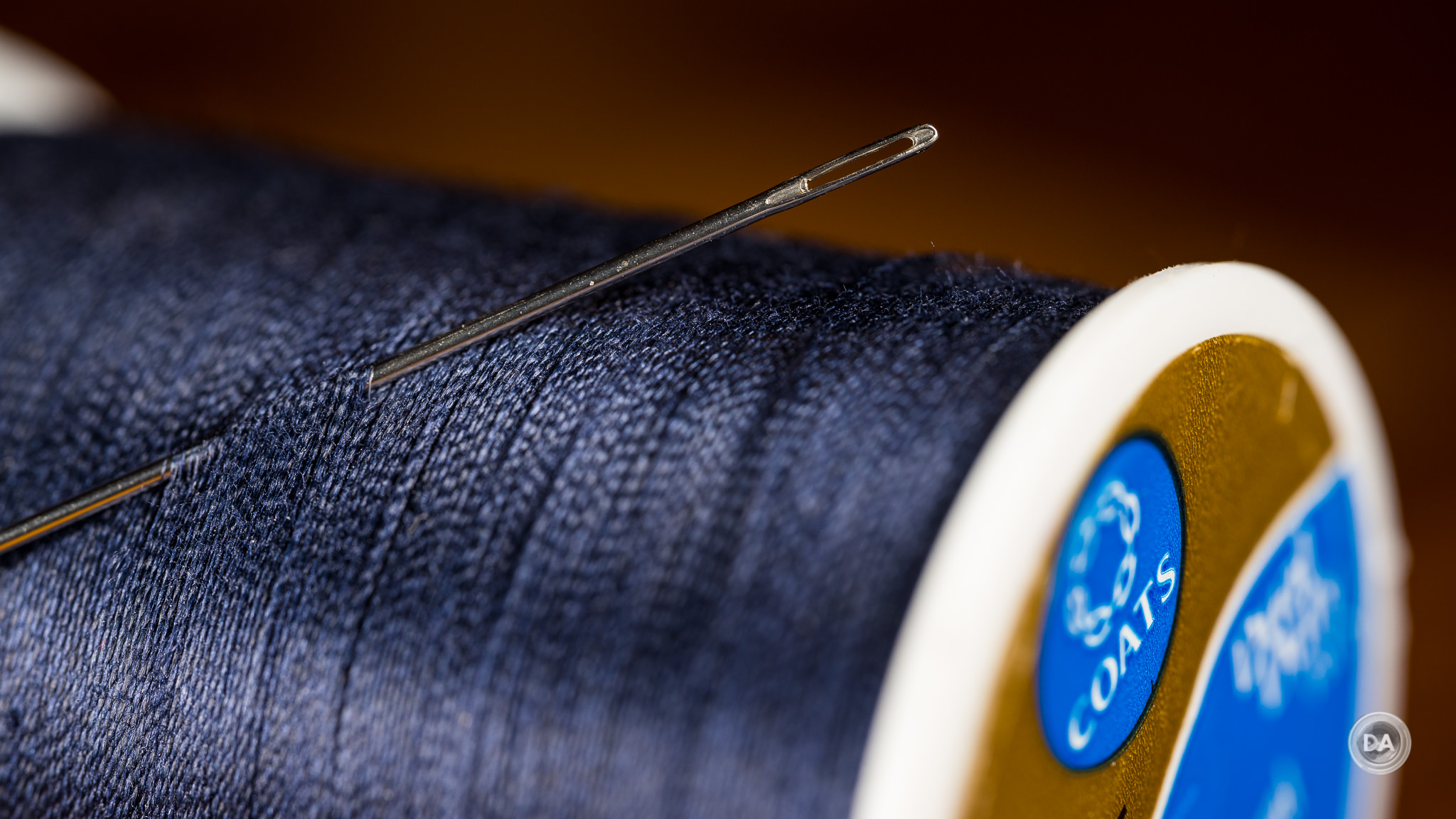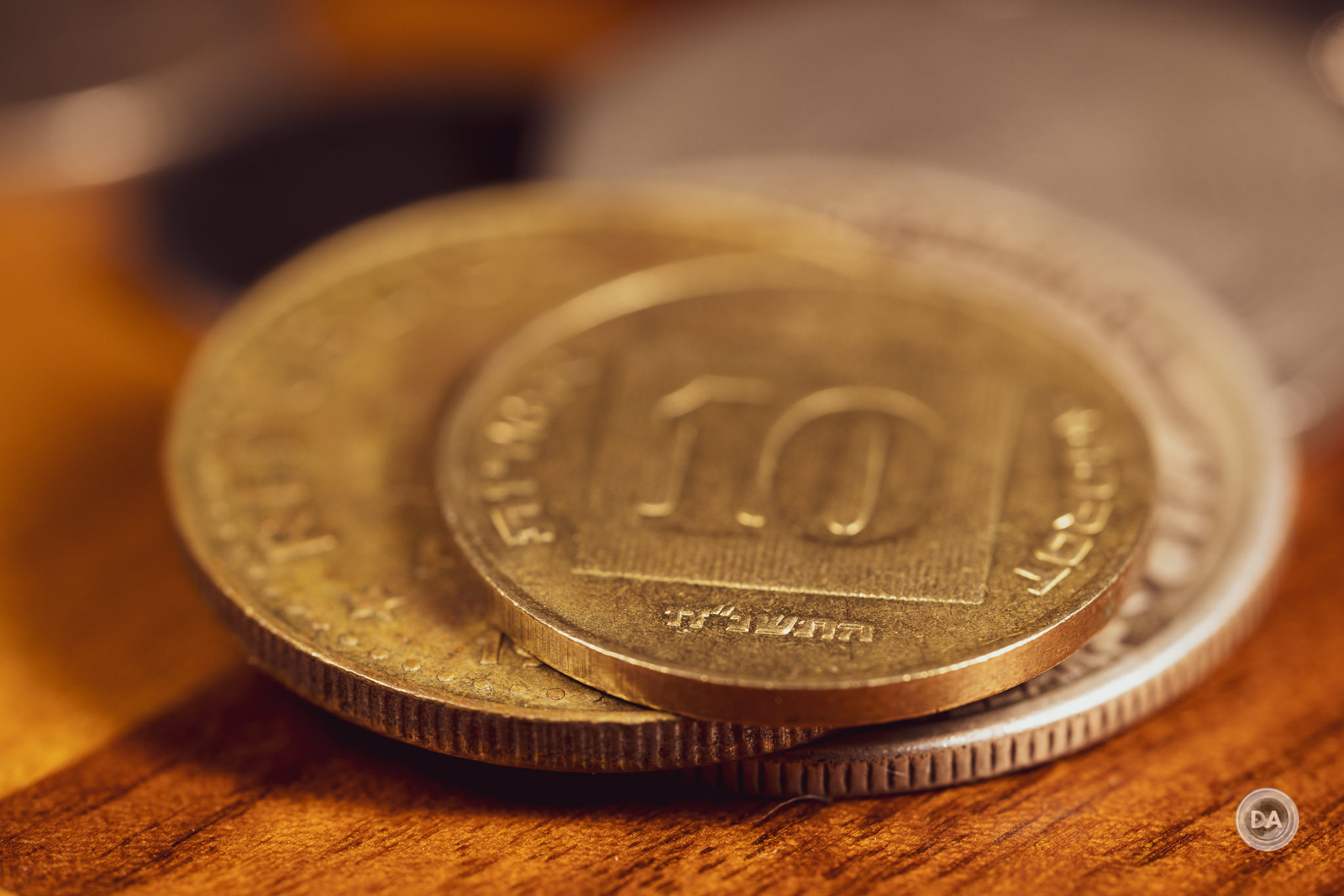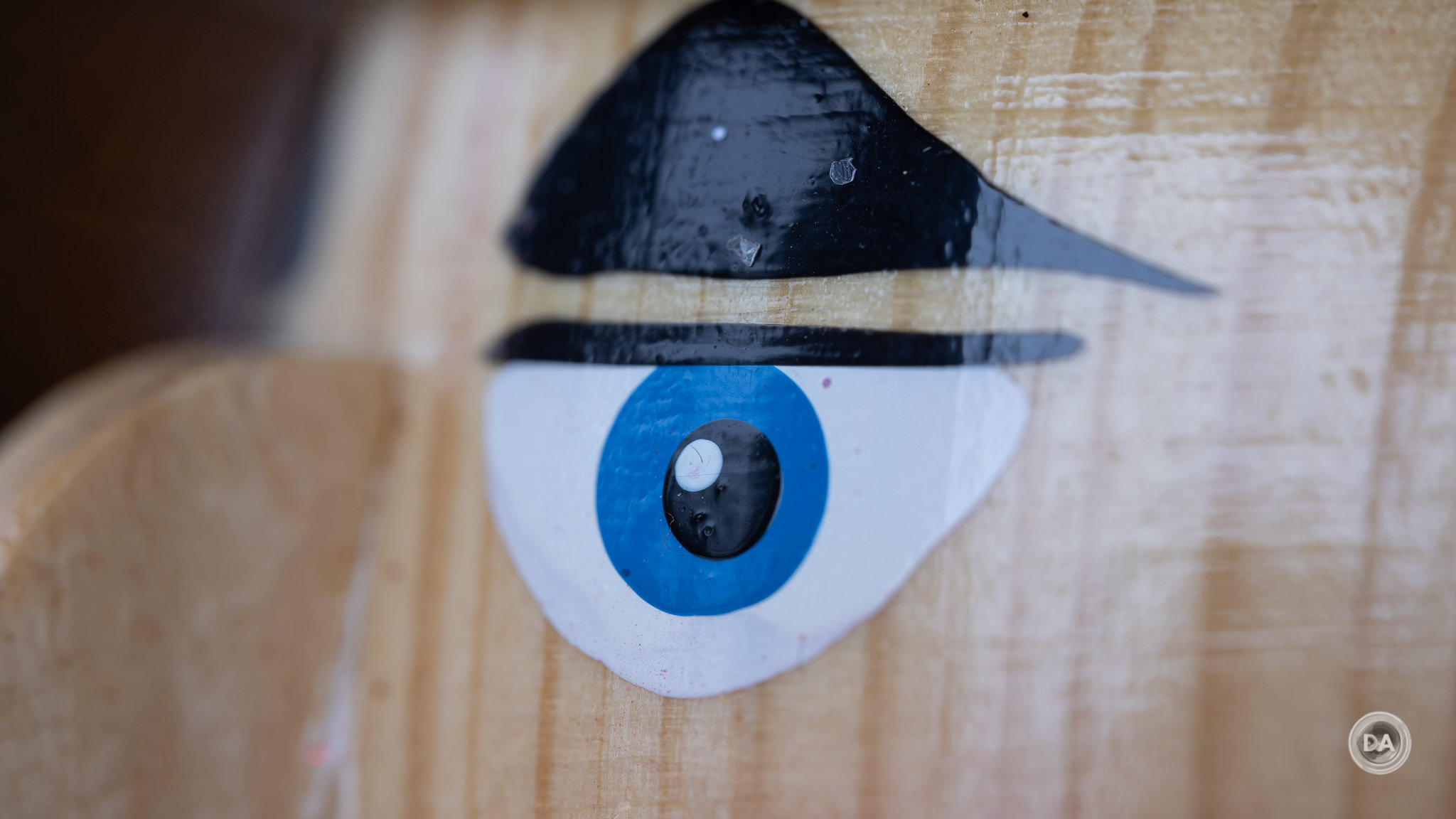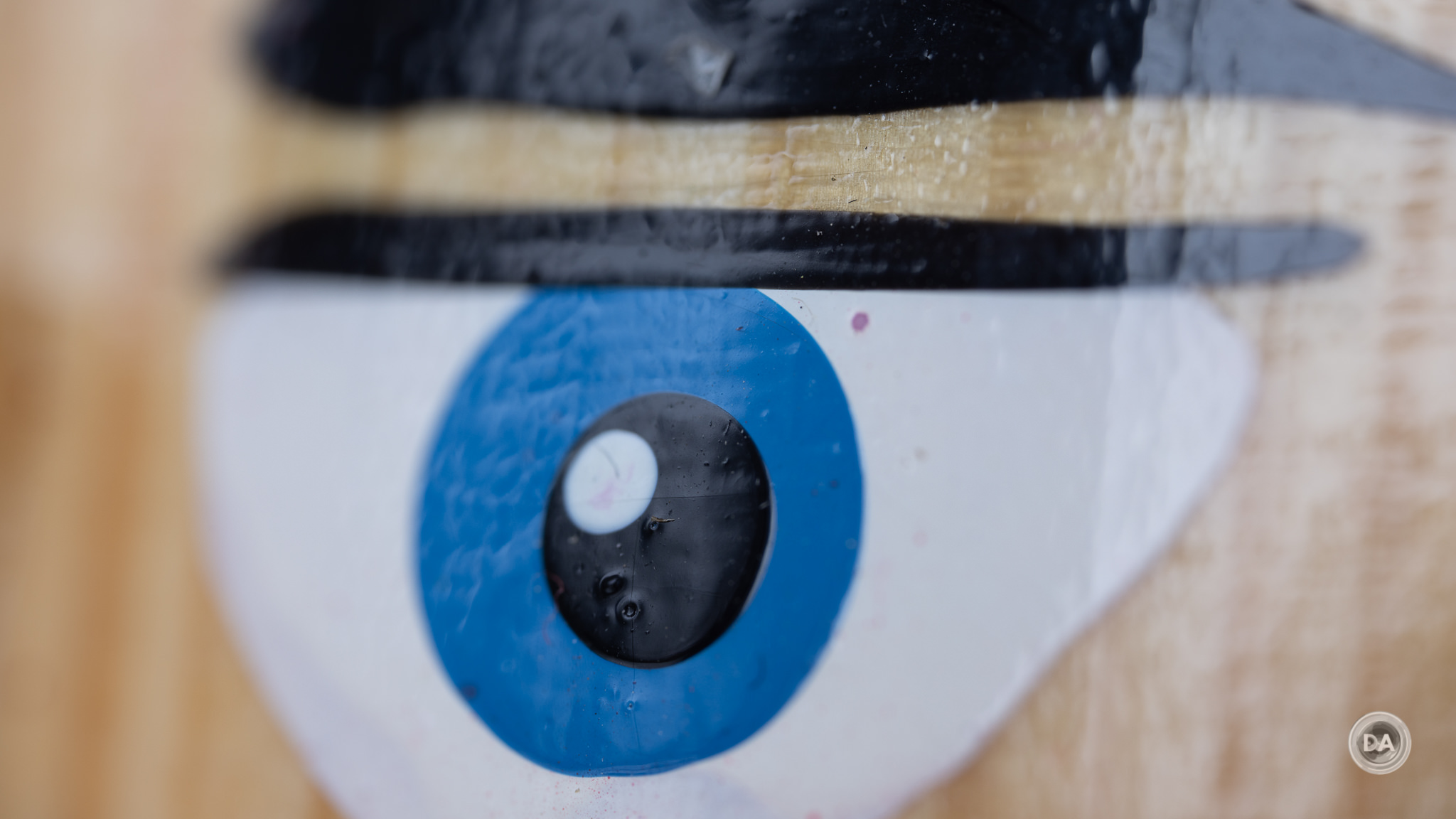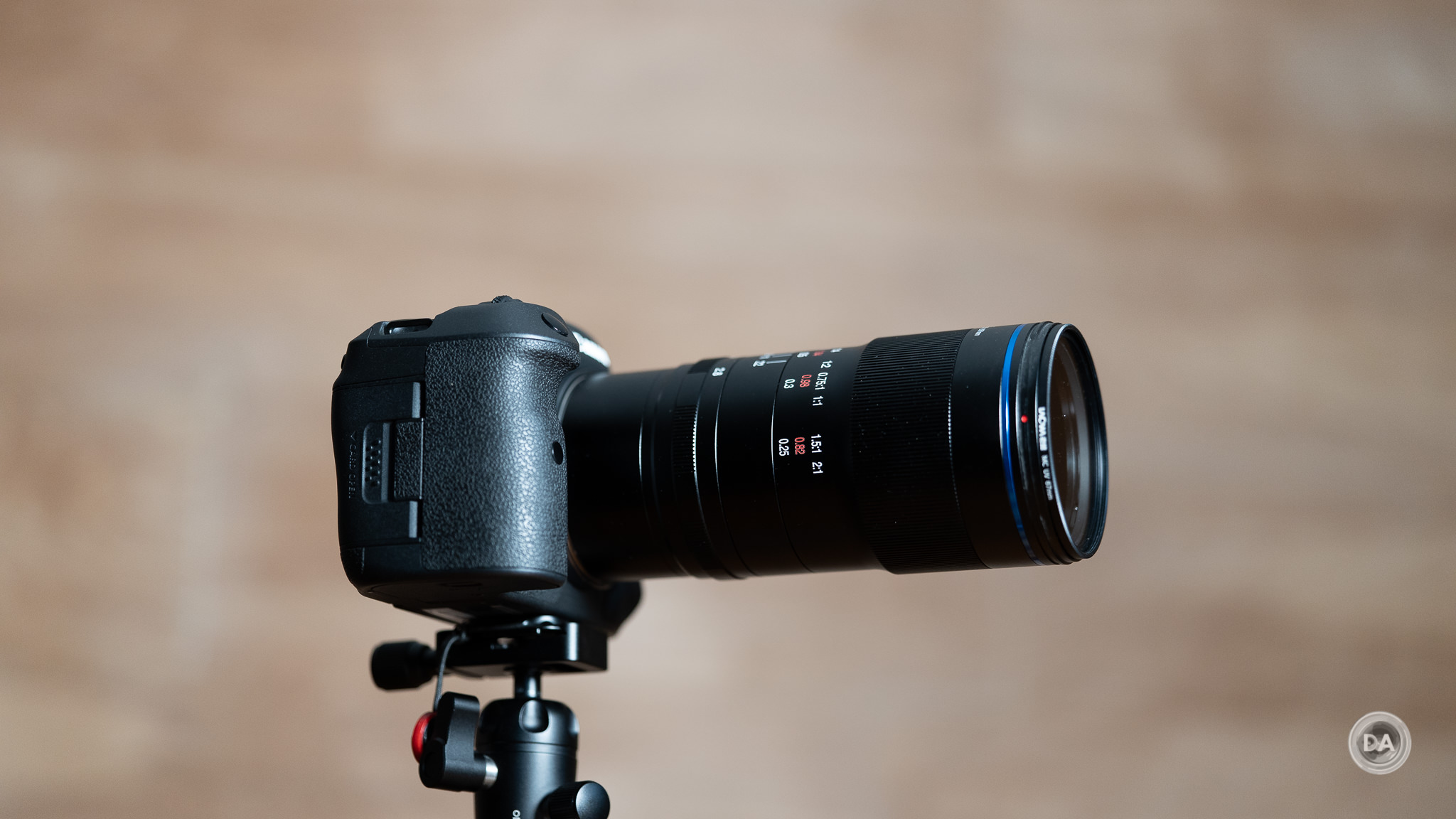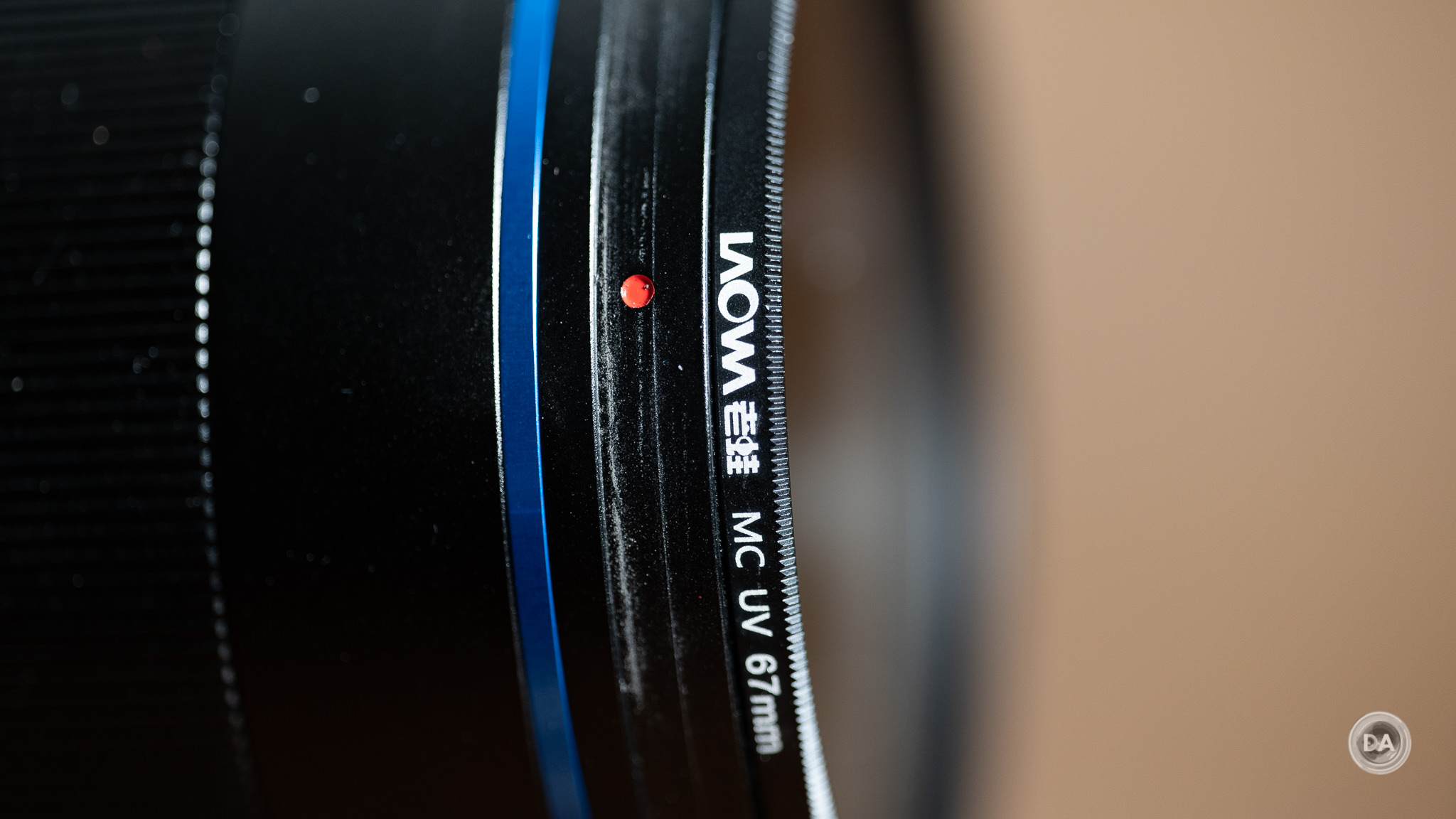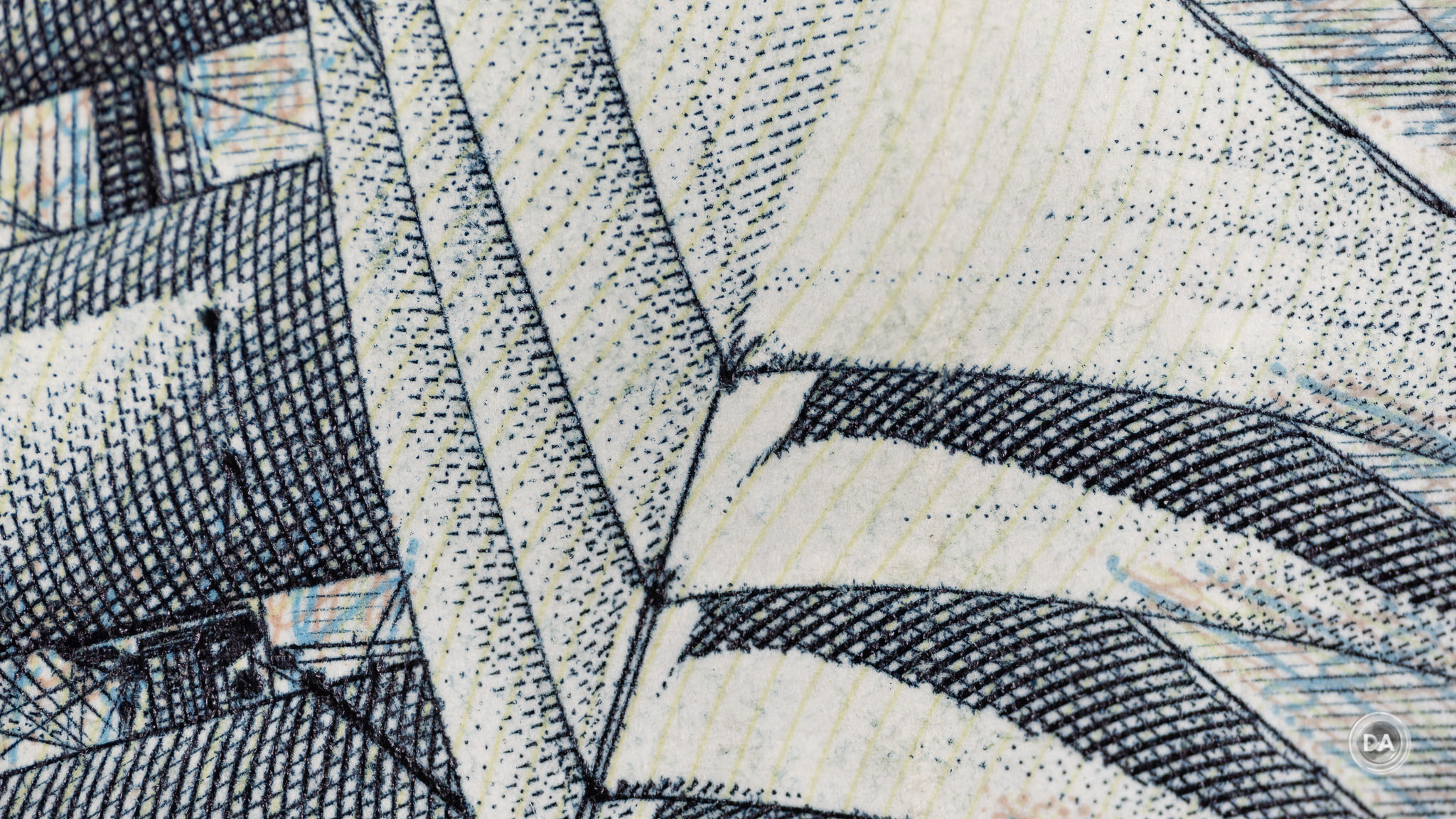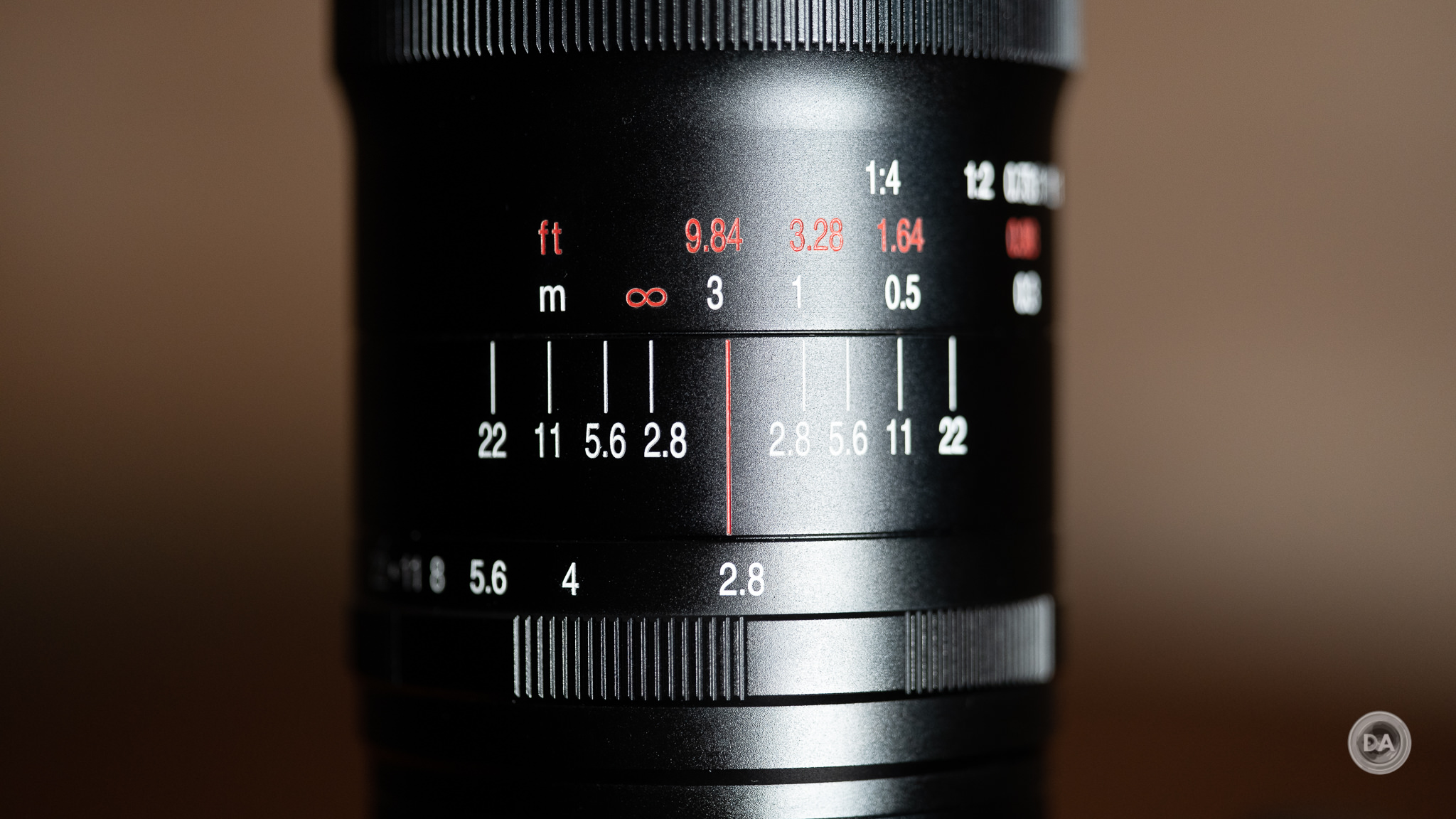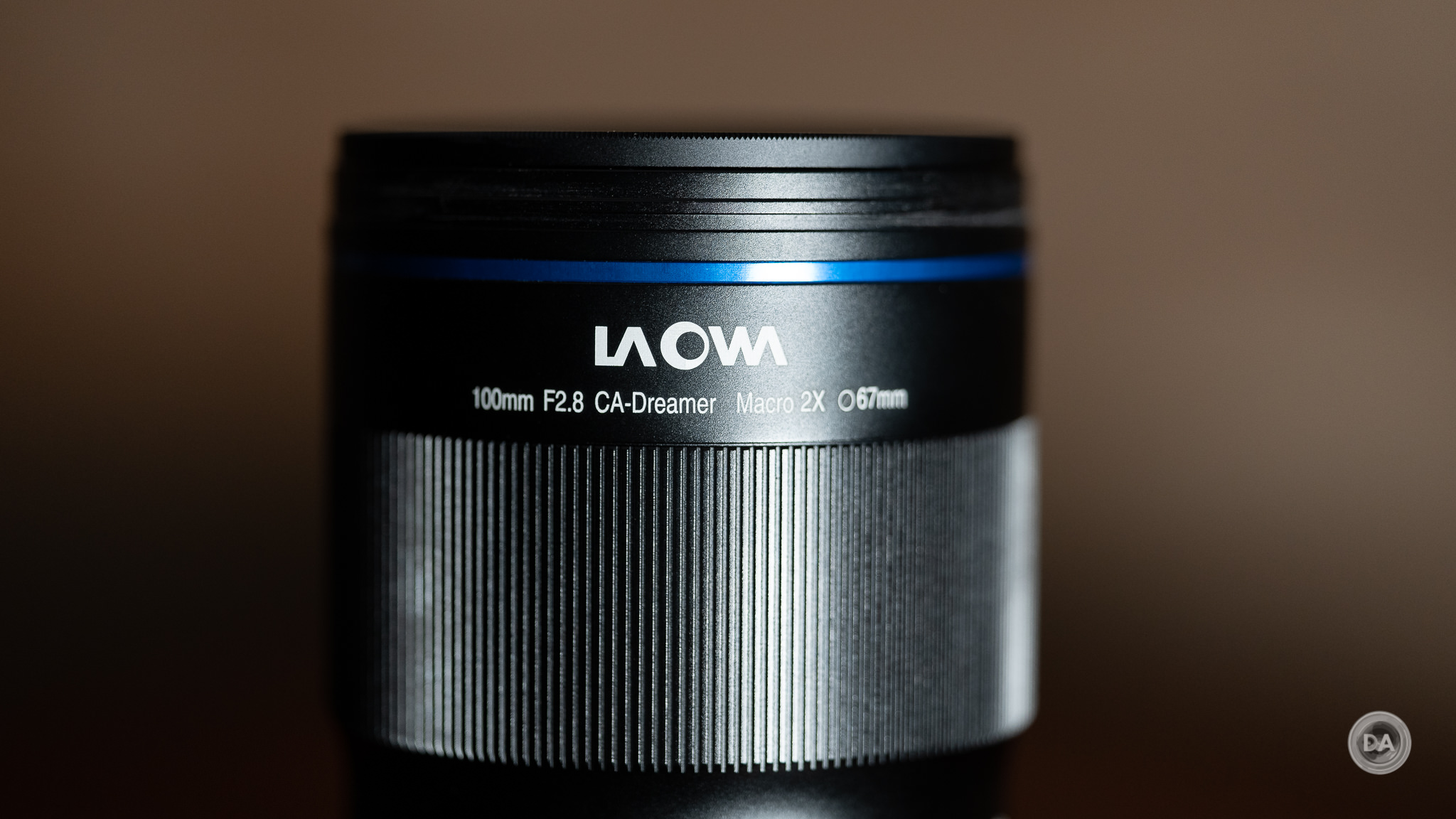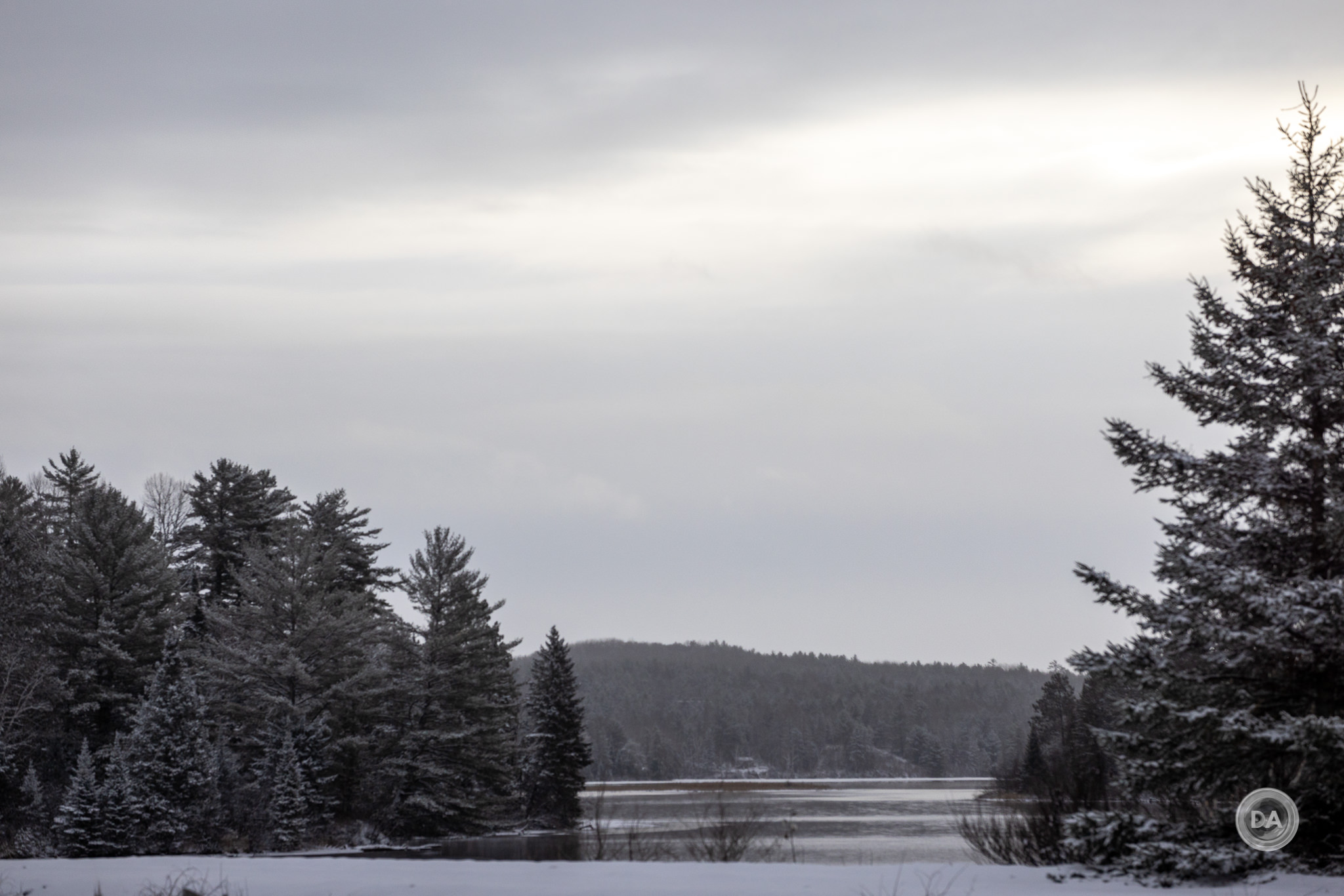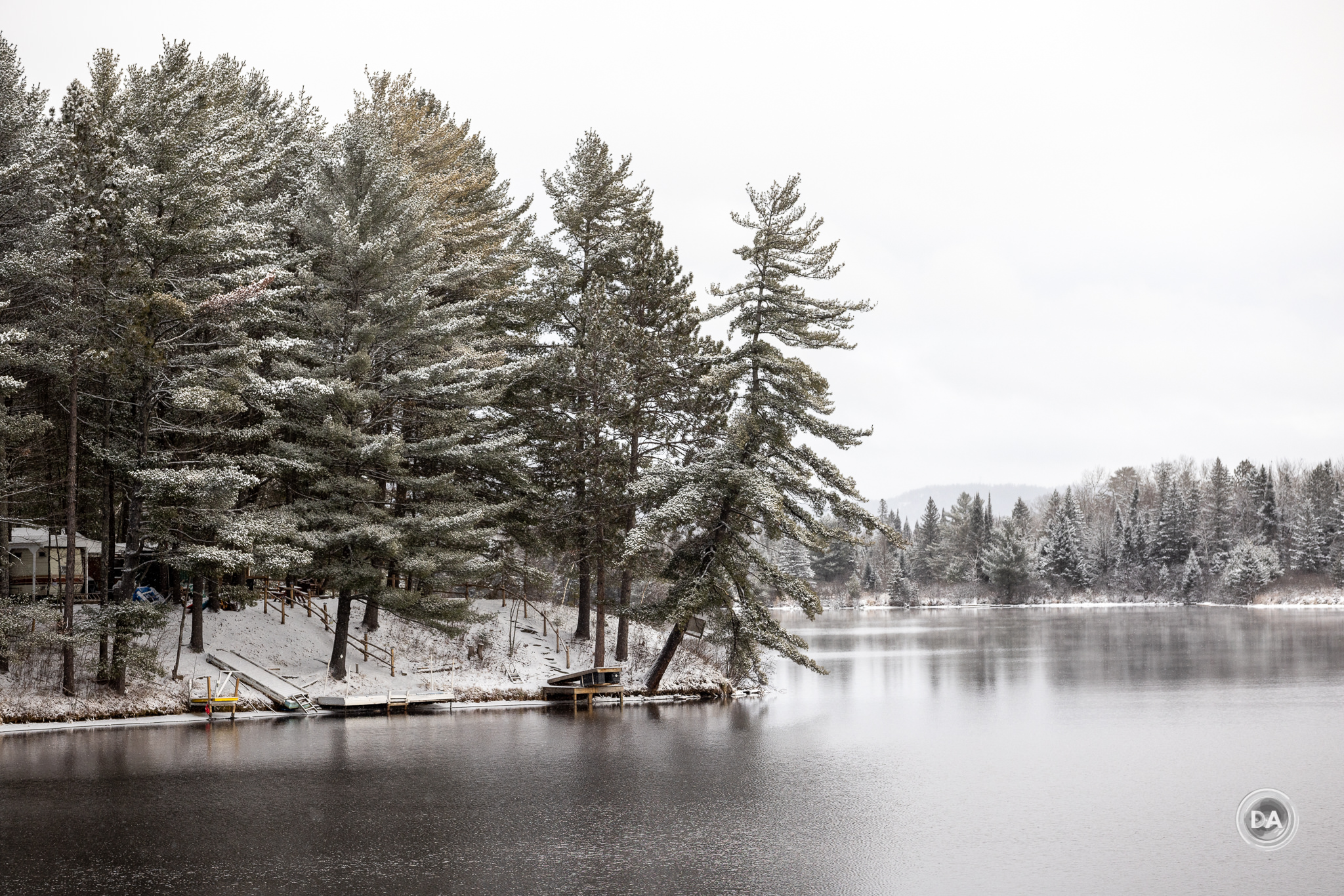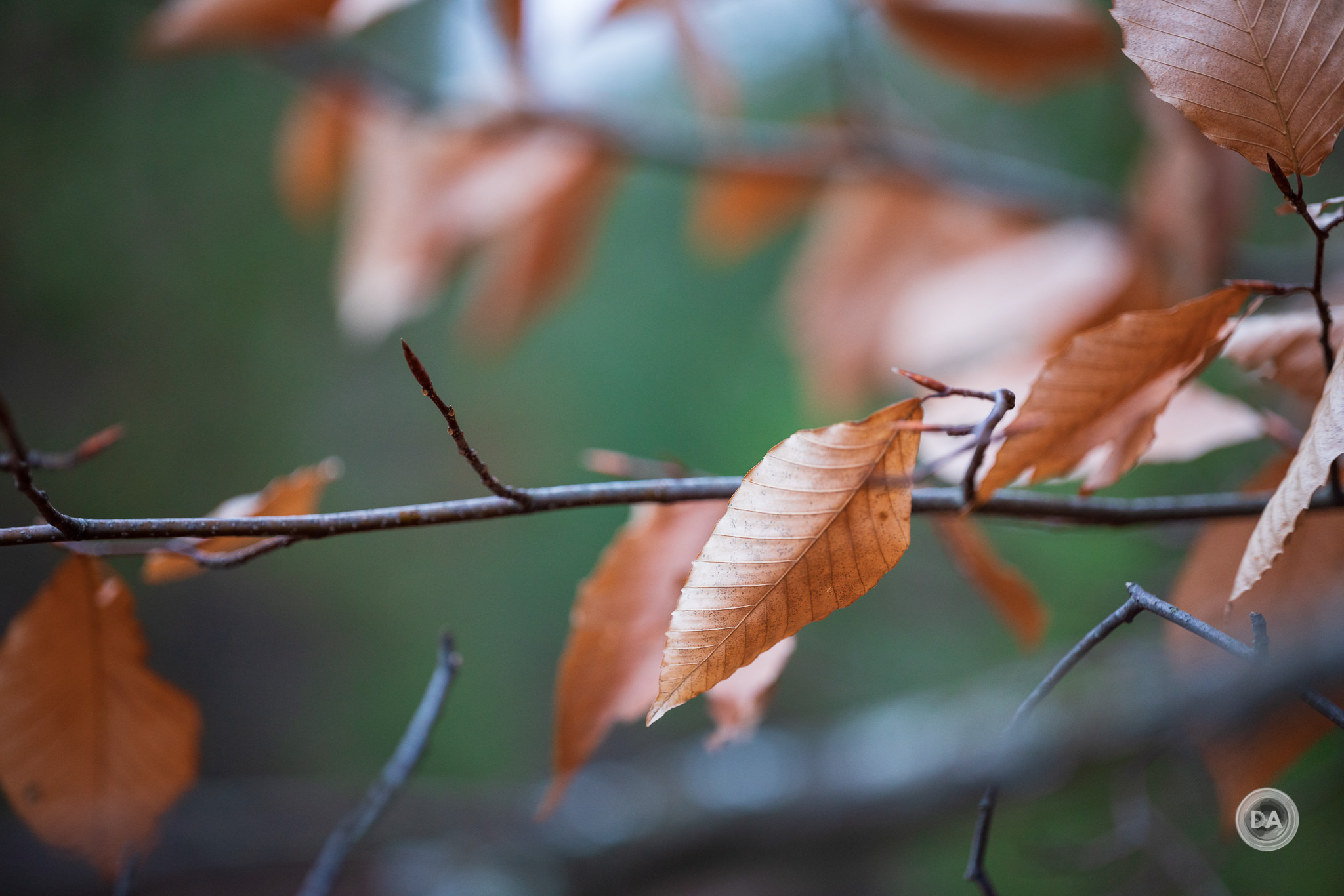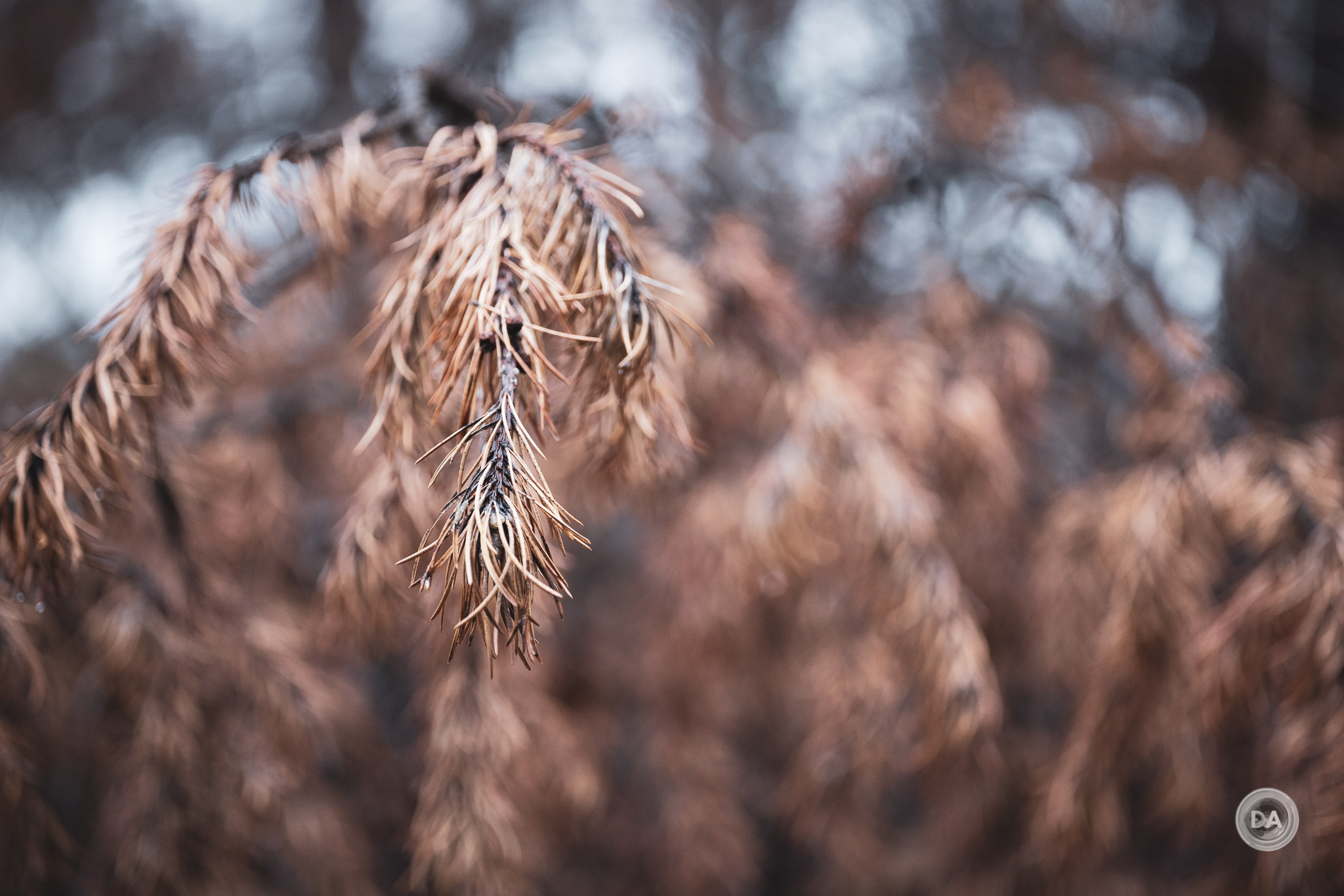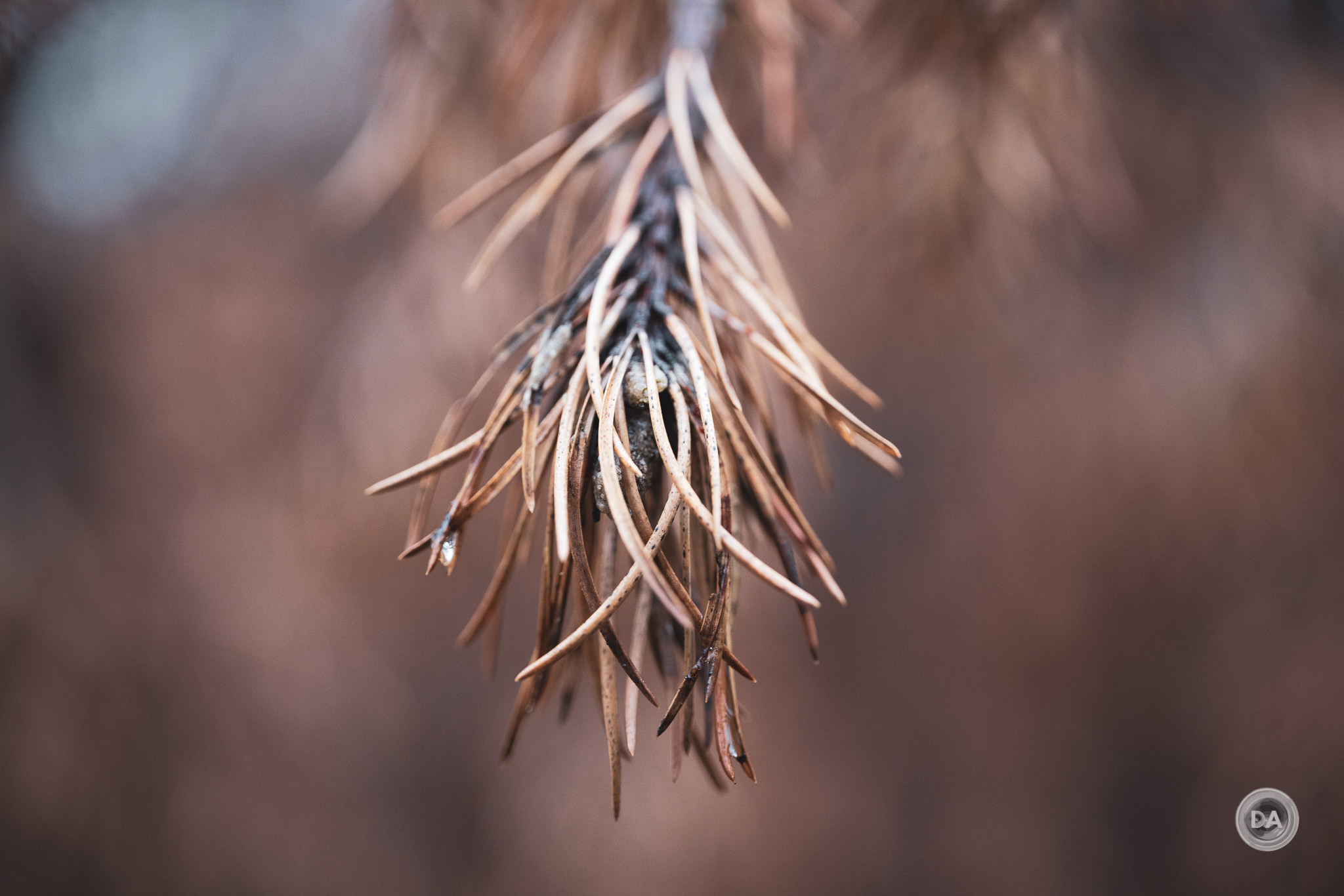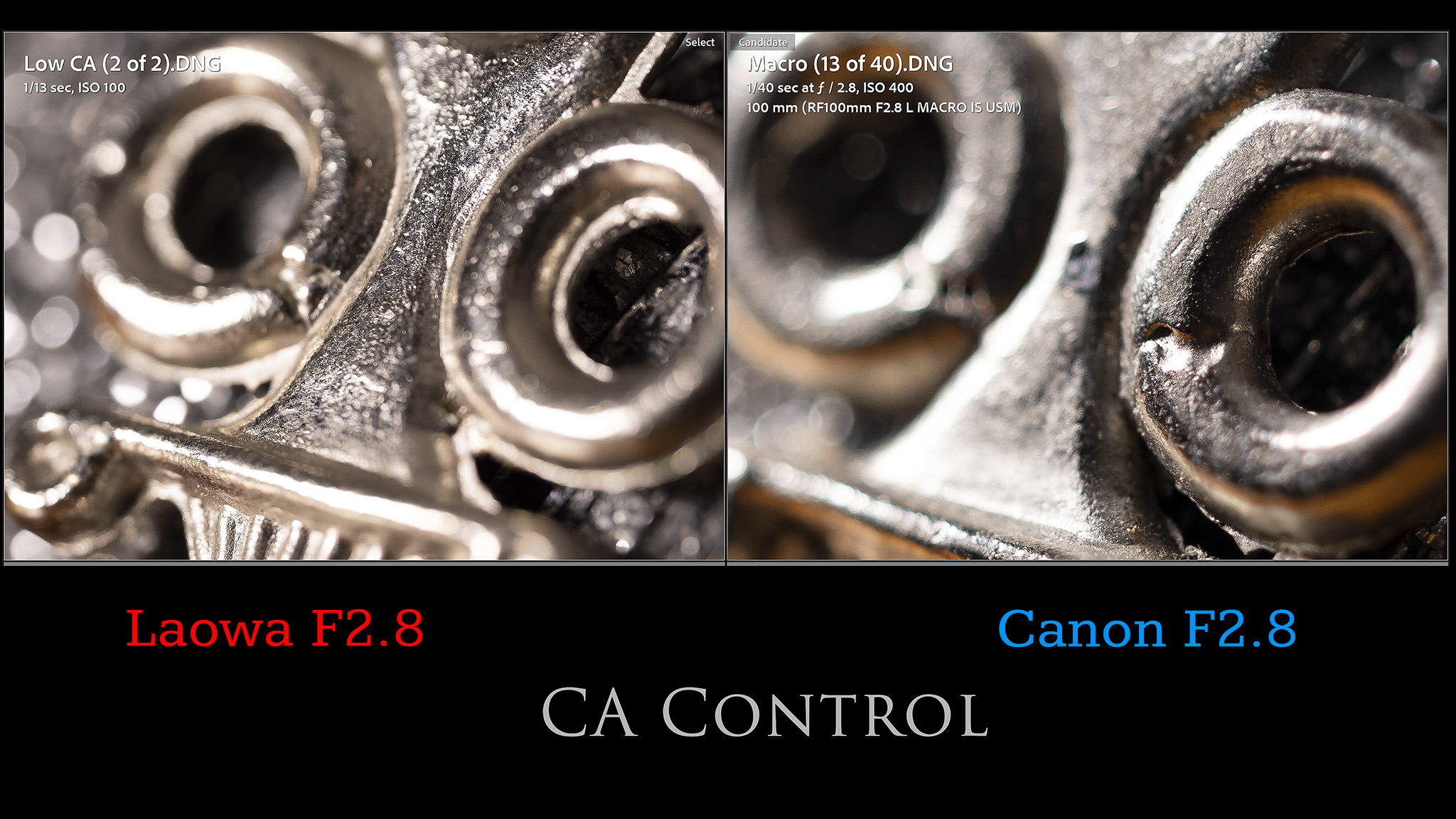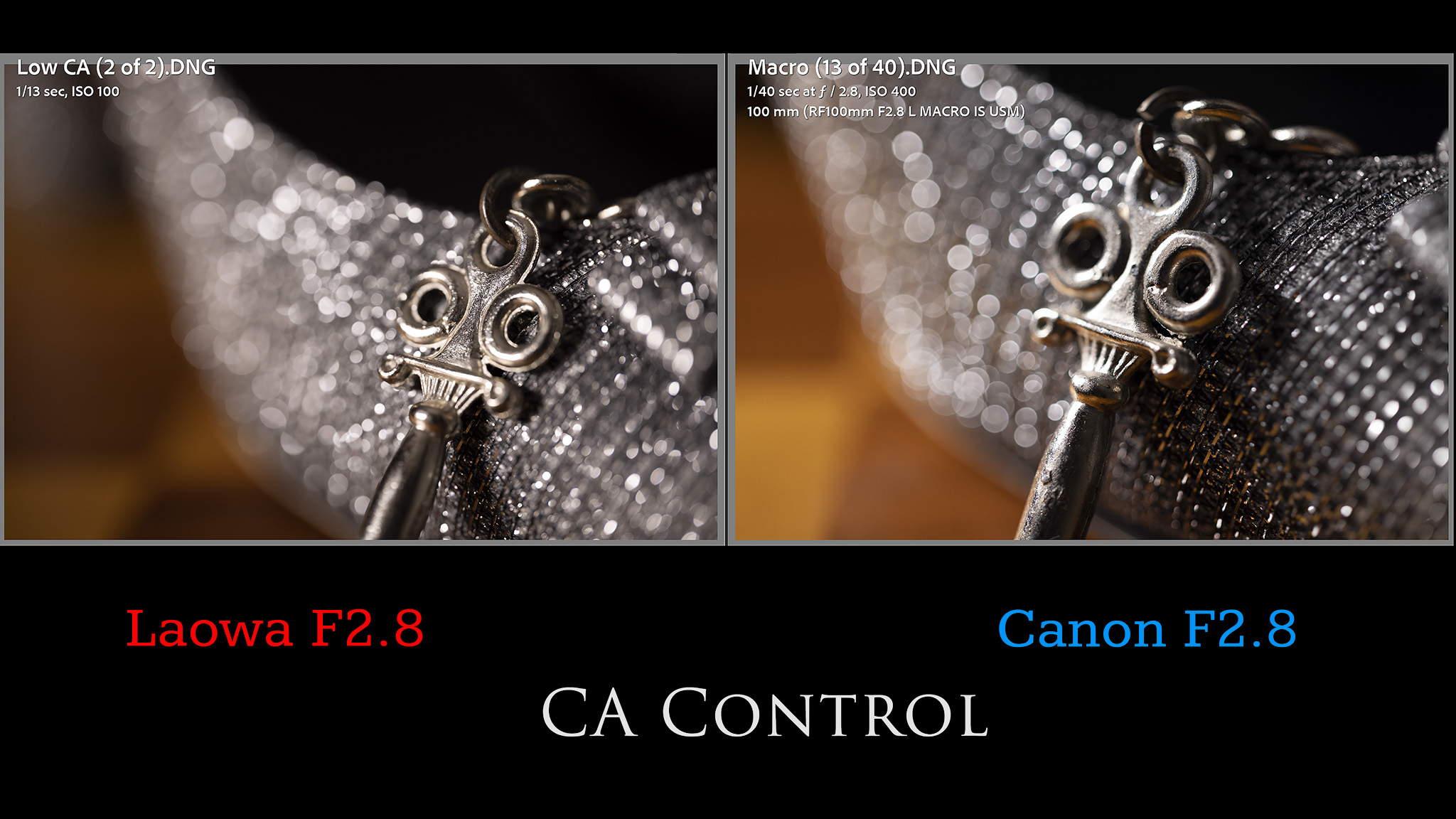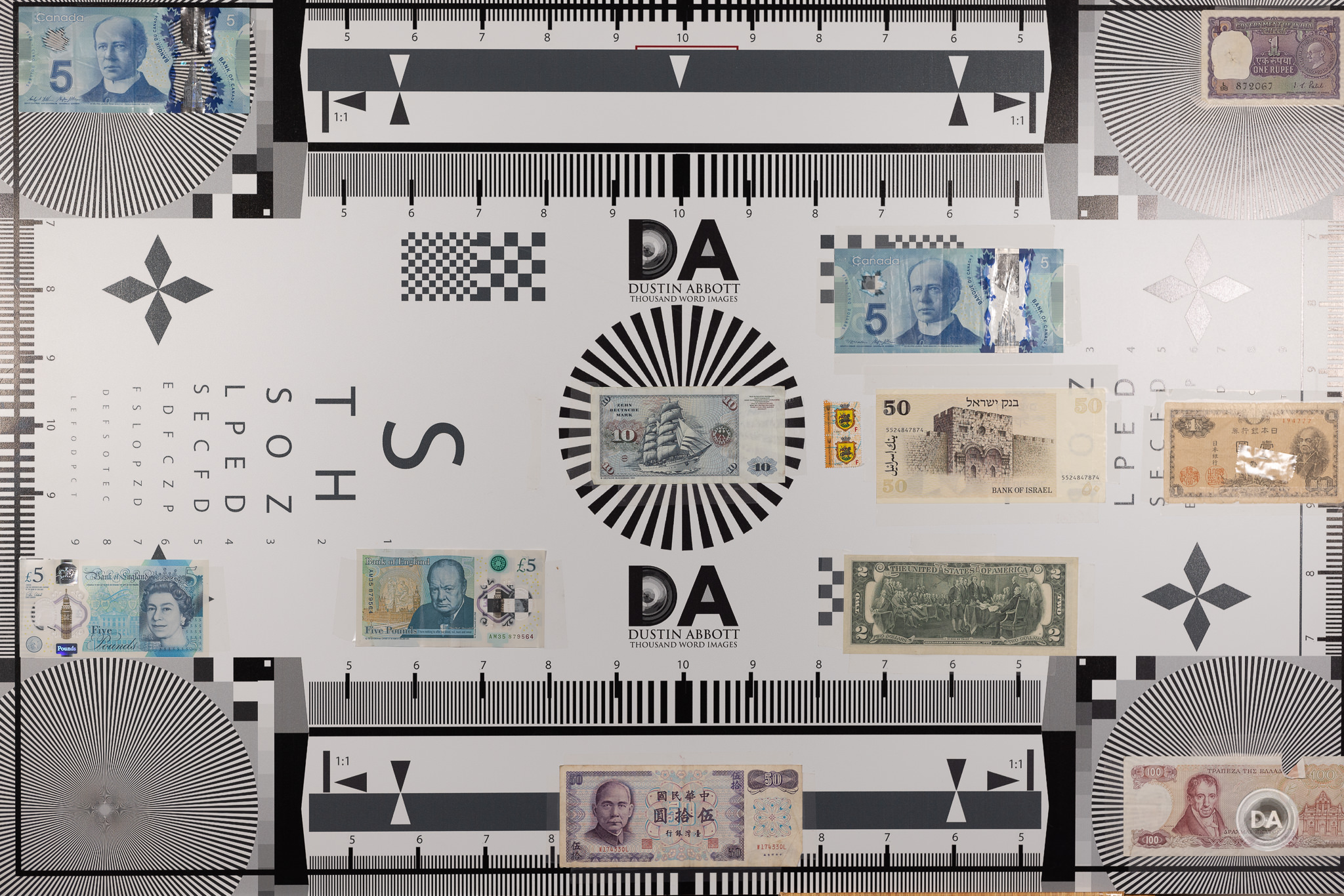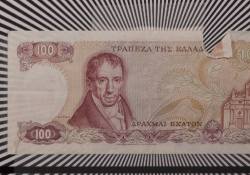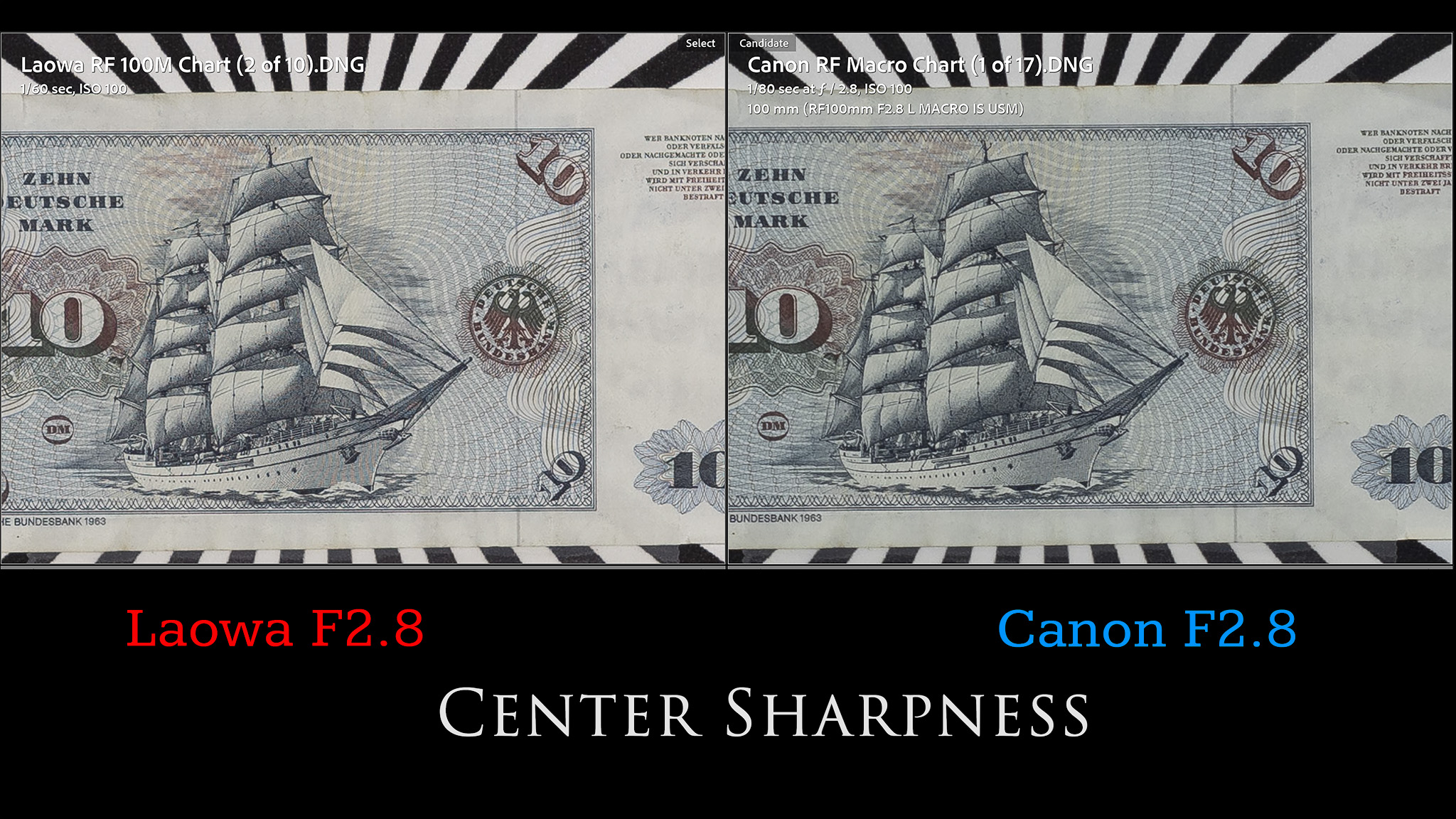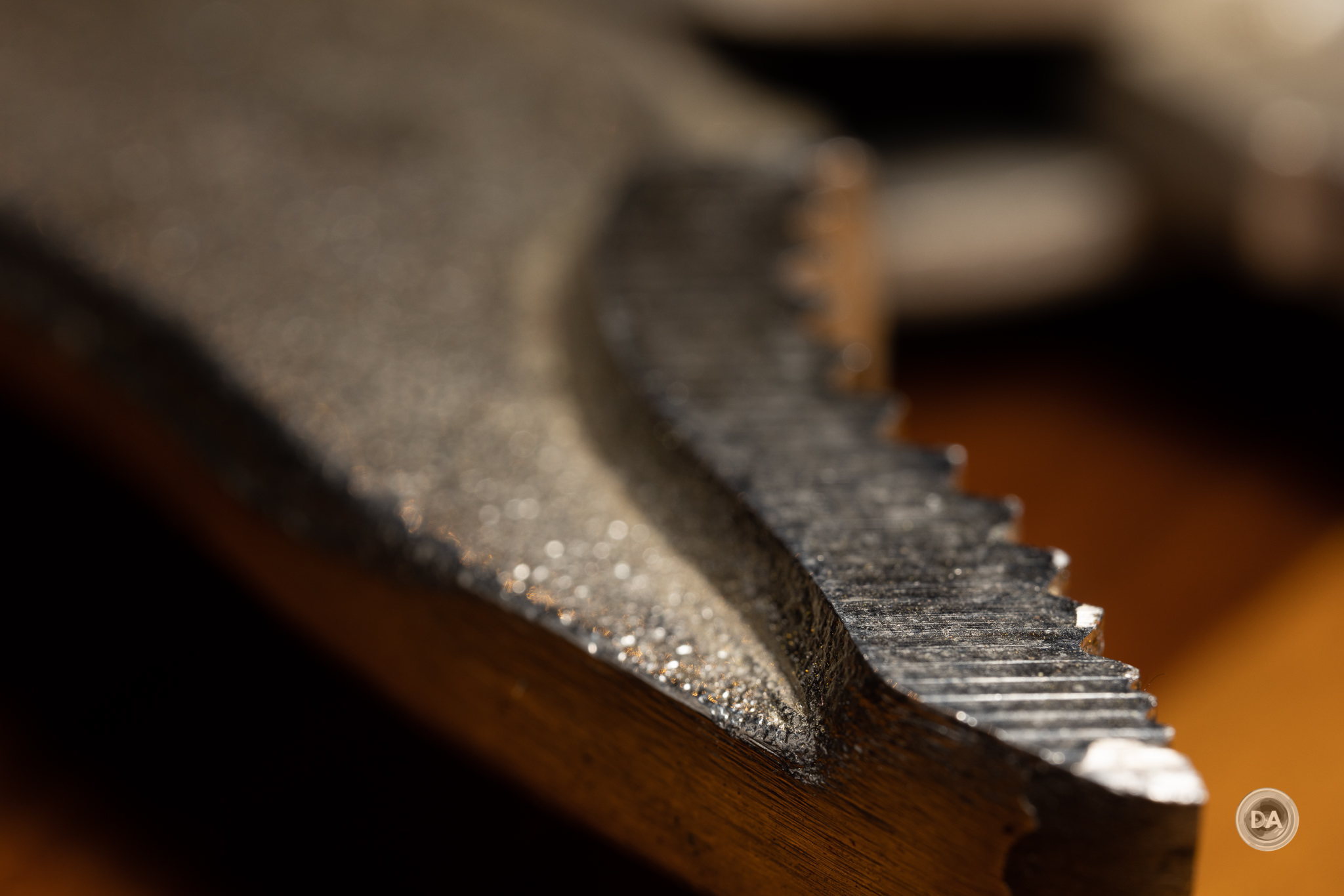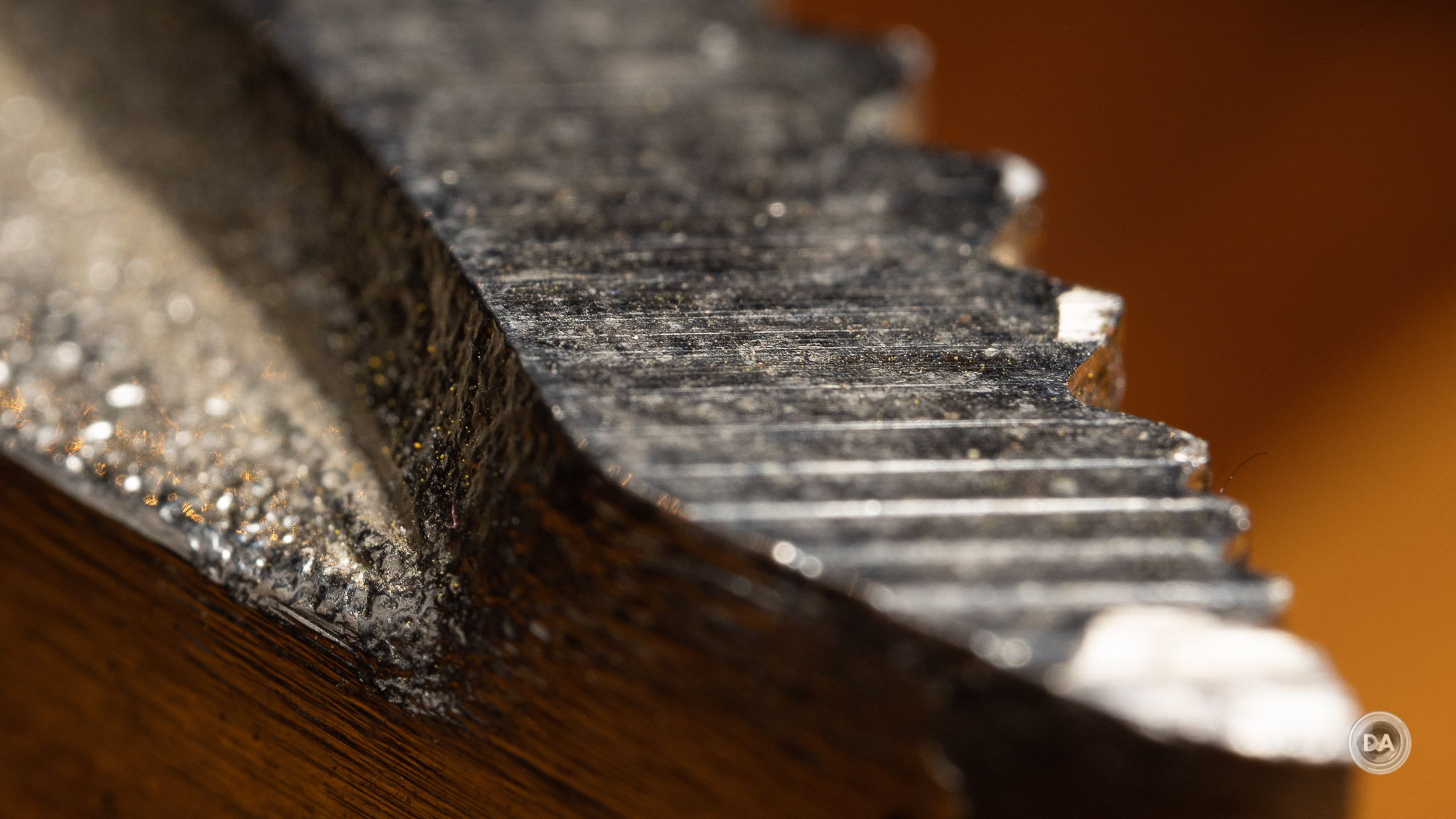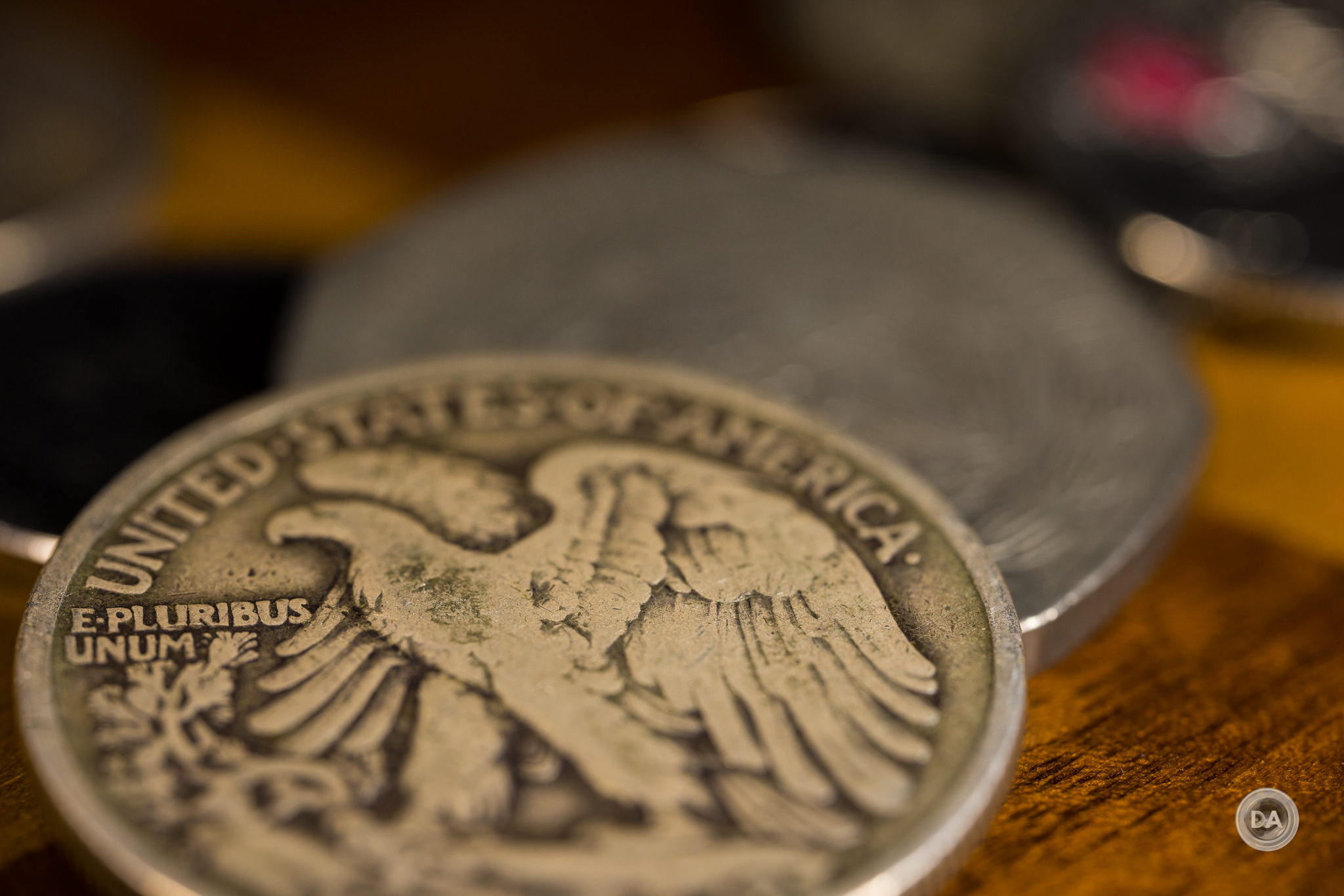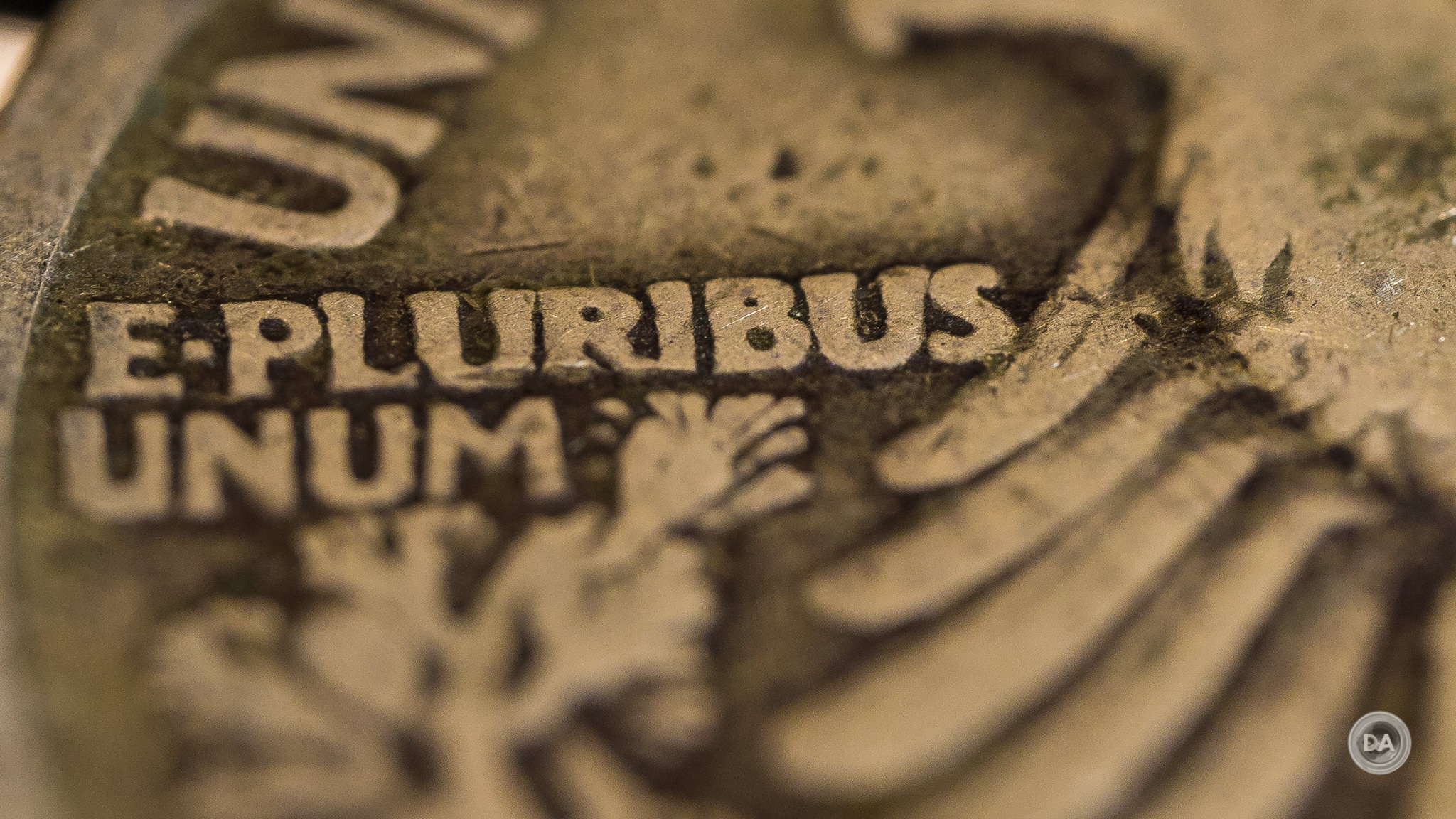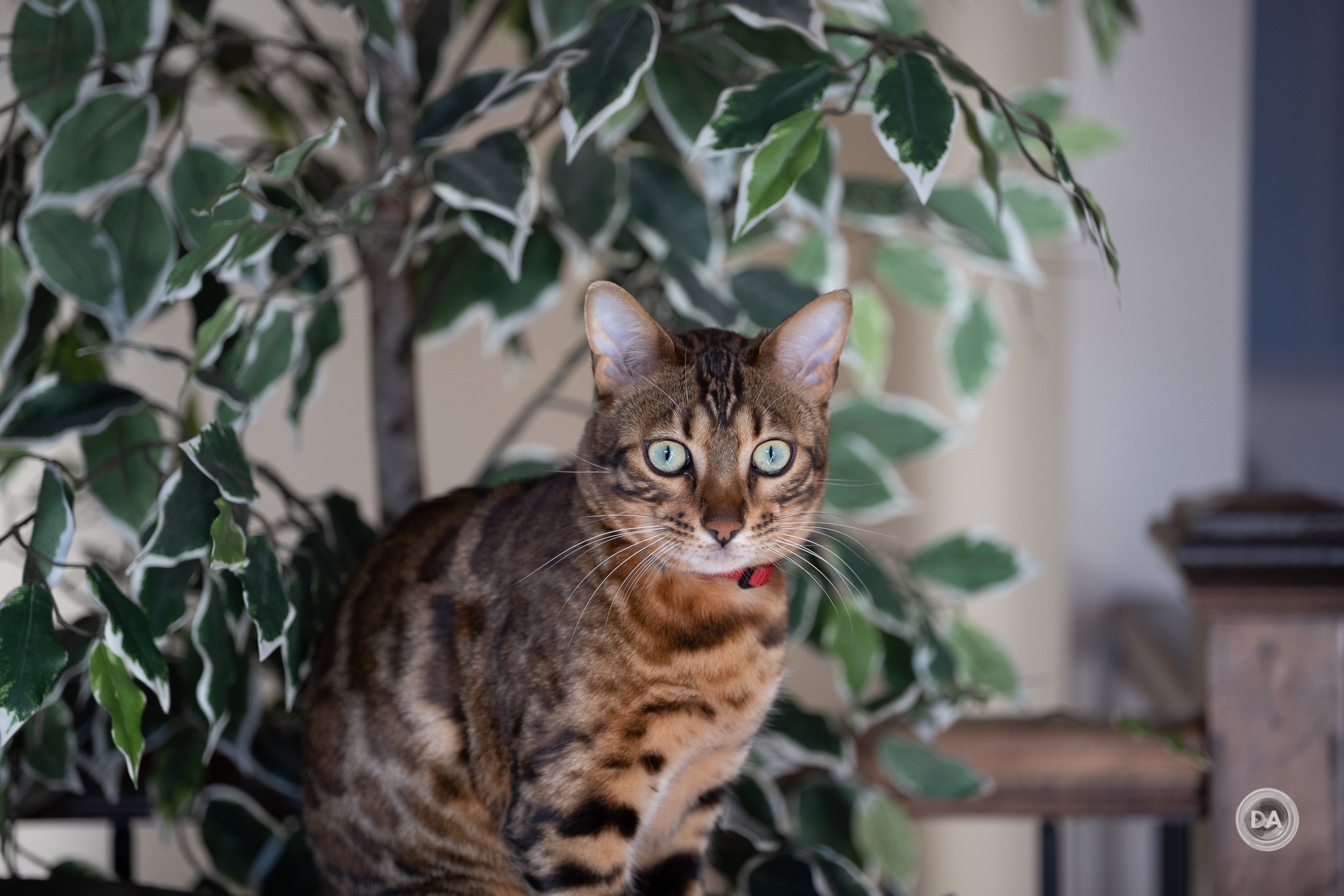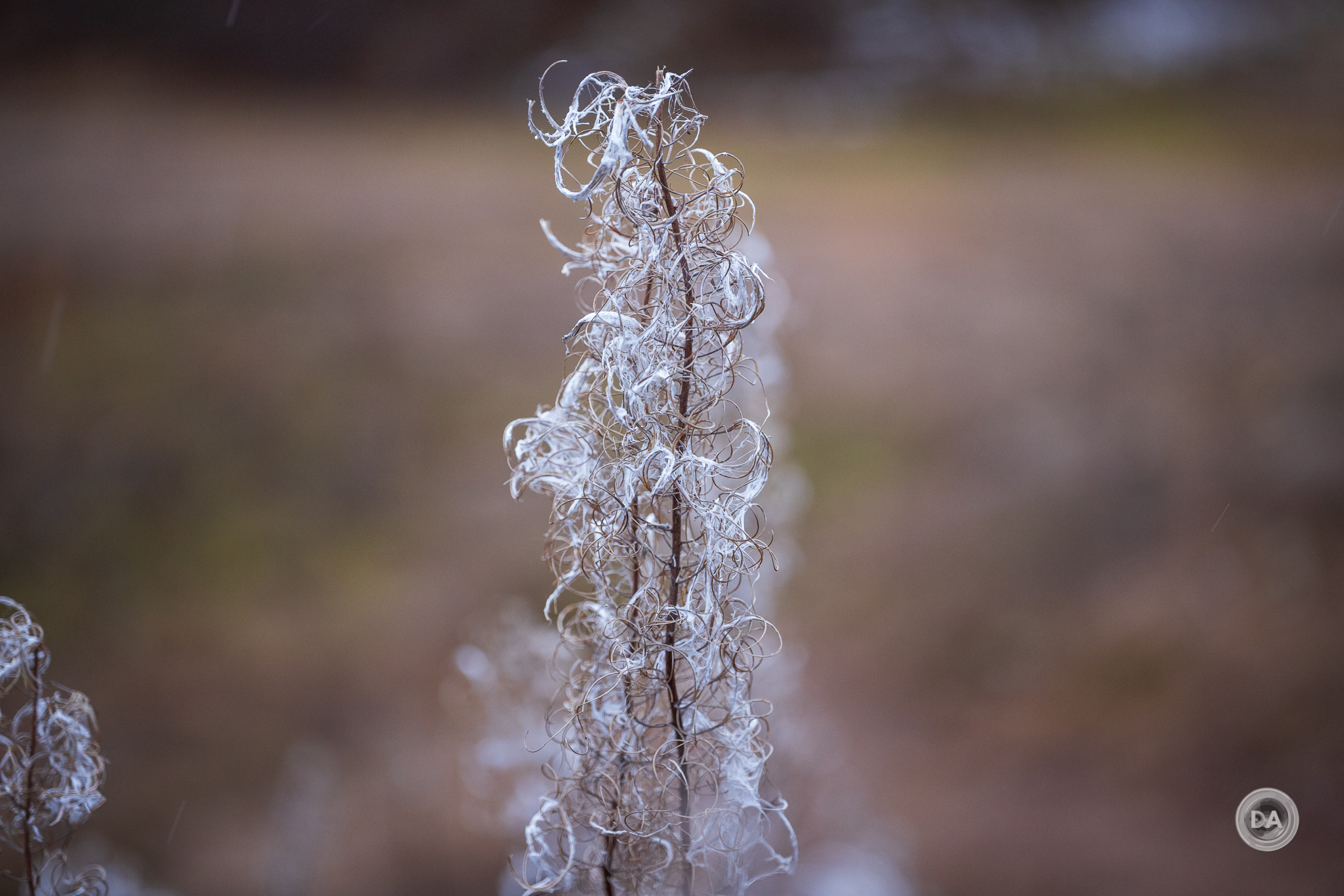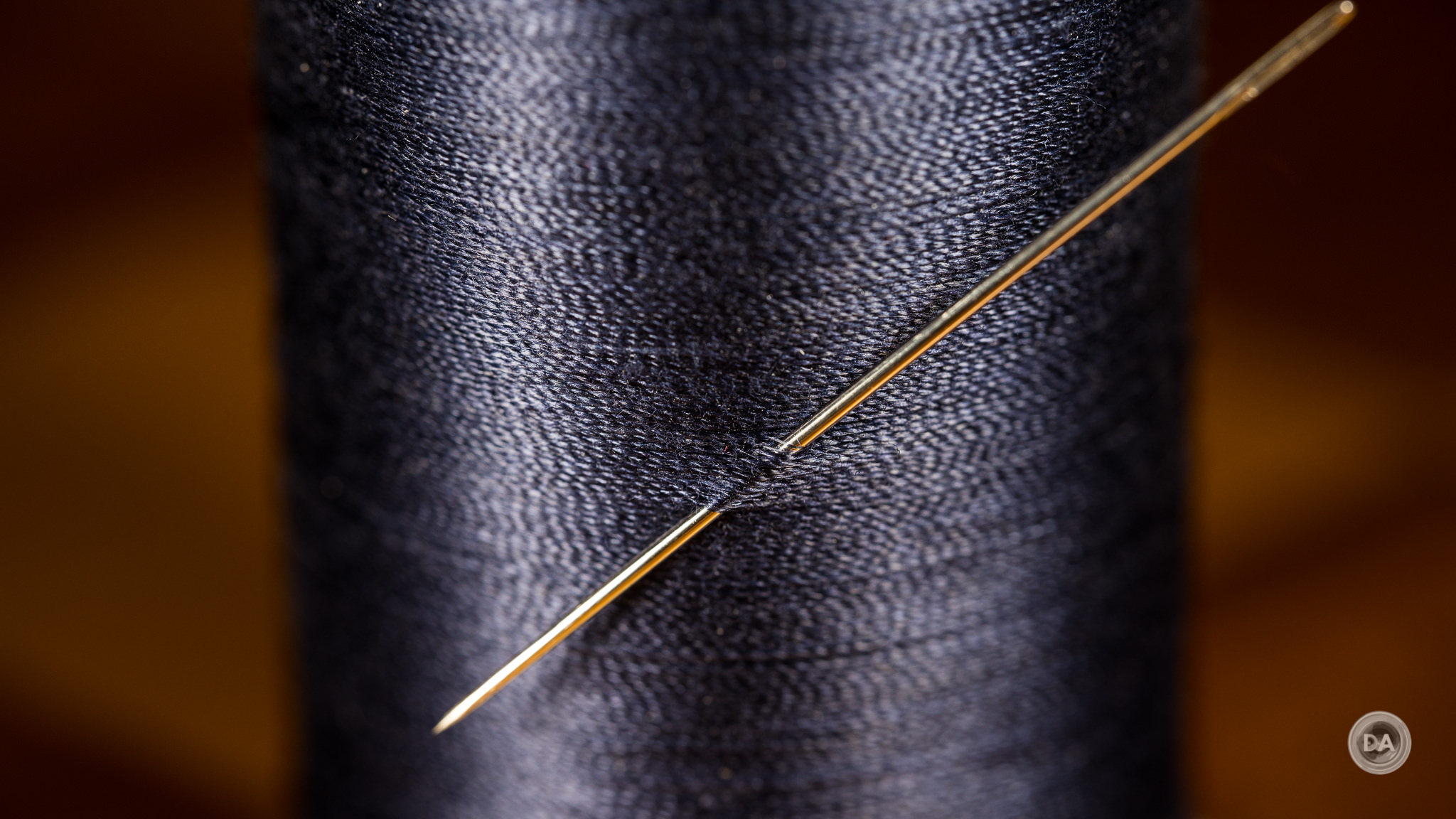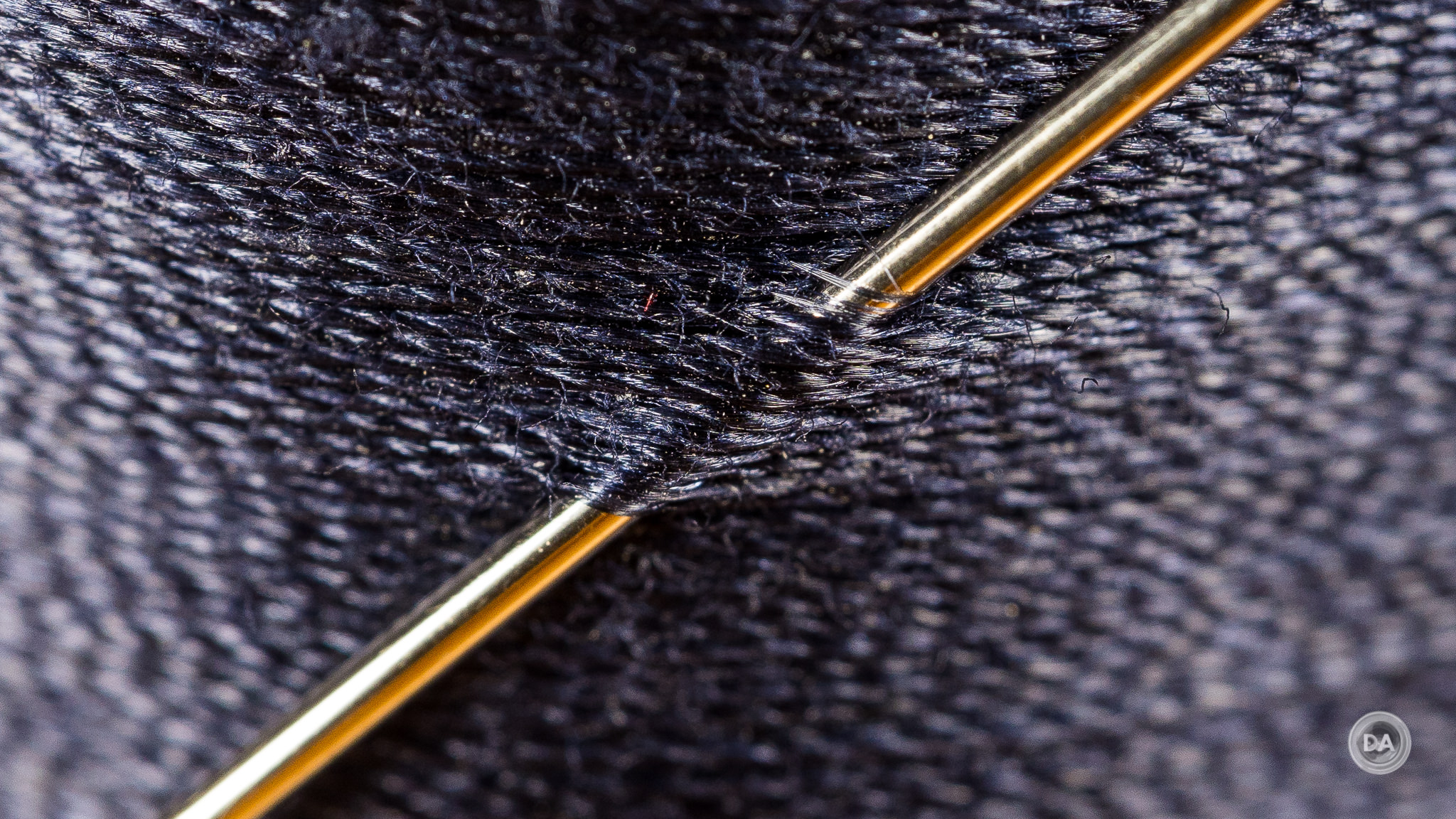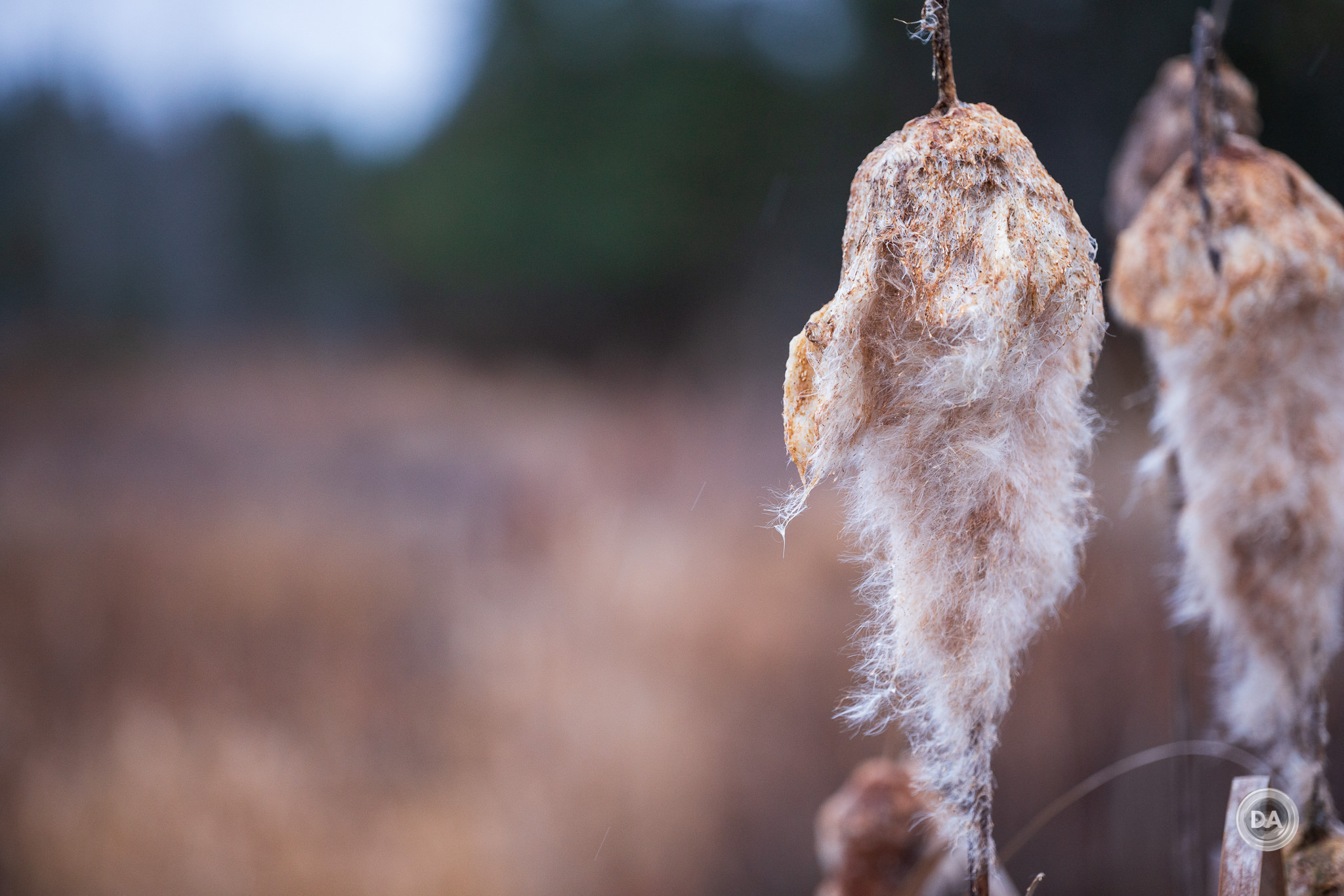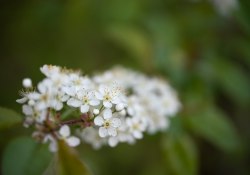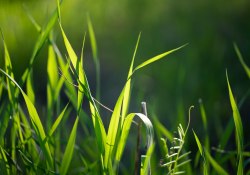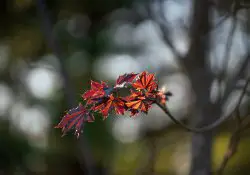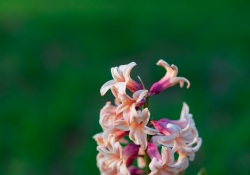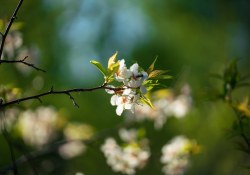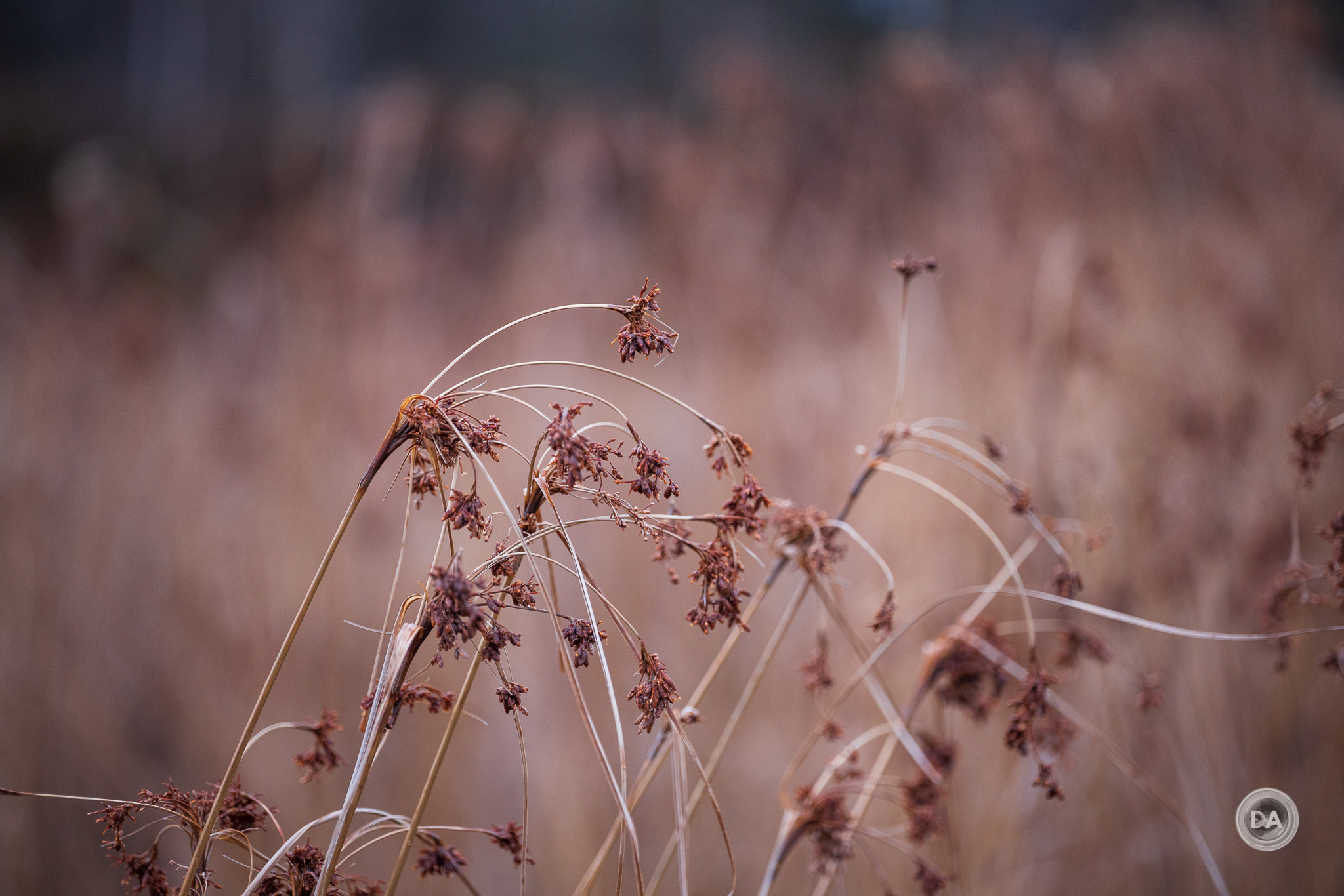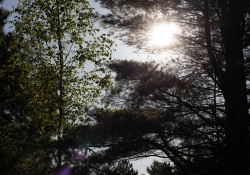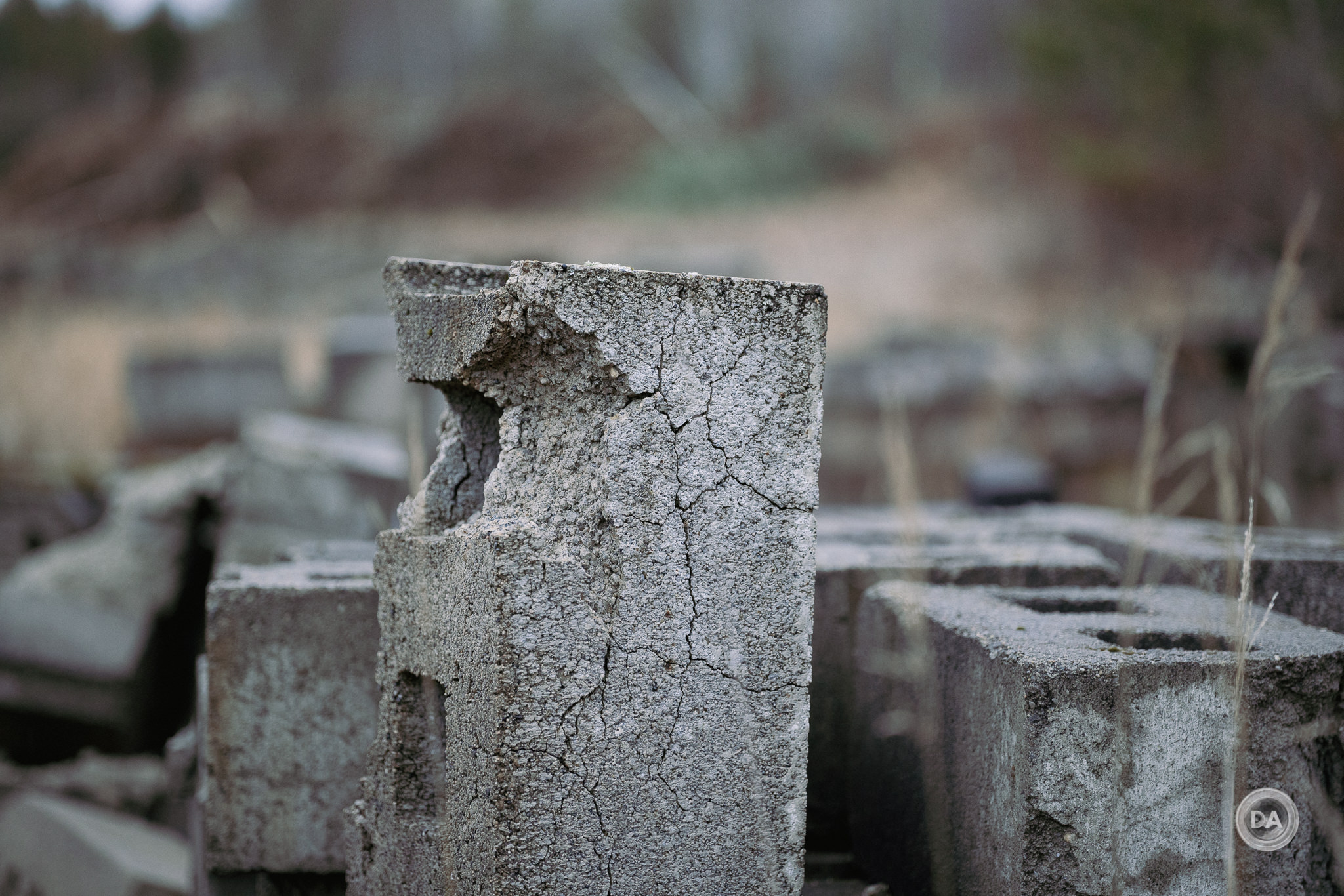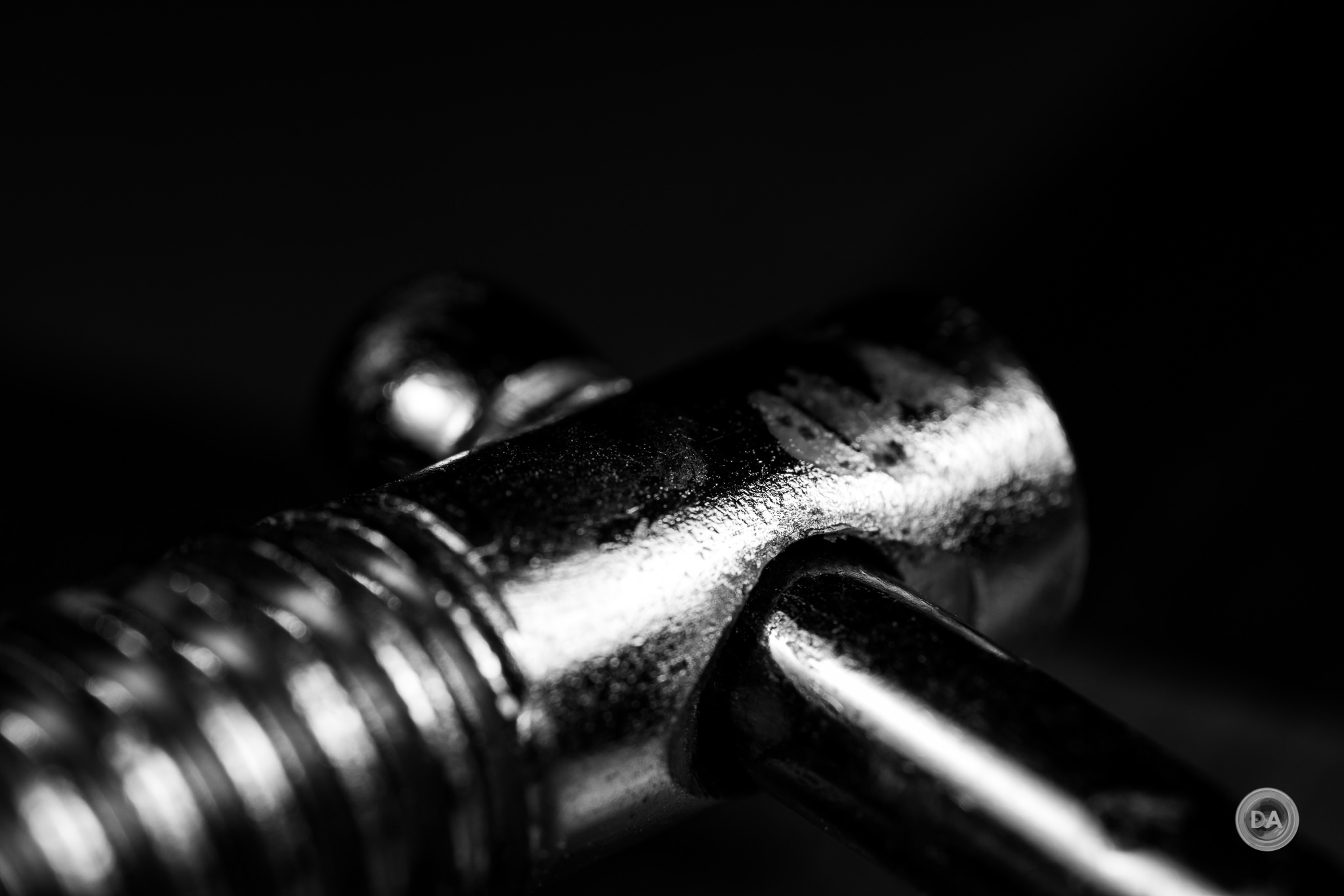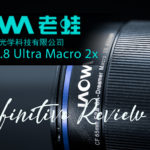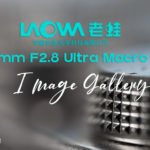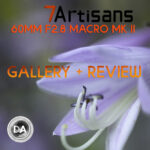In 2019 I reviewed this lens, the Laowa 100mm F2.8 APO 2:1 Macro, though, at that time, my review was conducted on an EF mount lens on a Canon 5D Mark IV DSLR. I was very positive about the lens in my review, though I didn’t feel compelled to purchase one at that point. Manual focus on DSLRs was/is sometimes too limiting, but since that point I’ve moved completely to mirrorless, and that 5DIV was replaced with a Canon EOS R5. The fact that Laowa offered the lens in an RF mount made me curious as to how different my experience with on a mirrorless body would be. The short answer is that the experience of using the lens is a lot more fun on mirrorless, and the image quality remains incredible.
I’m not here to completely redo that review, but rather to update my original findings with some specific observations on using the lens on mirrorless as opposed to the original DSLR mounts that it was available for. So, let me start by saying that I have for the most part really, really enjoyed using the Laowa RF100M (as I’ll call it for brevity in this review) on my Canon EOS R5. There are a variety of reasons, but the first thing that stands out to me is the great viewfinder and LCD screen on the R5 that makes using manual focus lenses so much more fun. A really sharp lens like the Laowa means that focus overlays (I use focus peaking in red and set on the “high” level”) show up very crisply in the high resolution viewfinder, and I found that focusing in most situations (more on that in a moment) was really, really easy. I rarely felt like I had to magnify the image at close to medium focus distances, which meant that the focus process was very organic and quick. The crisp LCD screen means that high resolution, high contrast images like this lens can produce really just pop off the screen, which made my shooting time out in the field feel very rewarding. Finally, the addition of IBIS (In Body Image Stabilization) means even a manual everything lens like this gets decent stabilization (I manually input the focal length to get the best performance). Having a stabilized macro lens only adds versatility to this lens, and the Laowa RF100M has always been unusually sharp even for a macro lens.
In many ways the Laowa 100mm F2.8 2x APO Macro is the most conventional of their lenses that I’ve reviewed, and even it has some unique attributes. Venus Optics launched their Laowa brand with some unconventional macro lenses and have continue to tackle projects outside the scope of mainstream lens development. This includes unique wide angle lenses wider than most competitors and even a unique probe lens unlike anything I’ve seen before. The Laowa 100M macro combines an apochromatic (APO) optical design (typically seen on very expensive lenses) with a 2x macro ratio of 2:1 rather than 1:1 life size. This means that while most macro lenses can only achieve this level of magnification:
…the Laowa RF100M can achieve this level of magnification:
That’s obviously incredibly useful, and the Apochromatic design helps assure that images have unbelievably low levels of chromatic aberrations and incredibly high clarity and contrast. The only drawback to moving to an RF mount lens is the fact that the auto aperture is (for some reason) only for the Canon EF mount. What is “auto aperture”? It is an electromagnetic auto aperture iris and electronic contacts (full EXIF information is communicated to camera). I thought at the time that this was beginning of a new phase for Laowa, but that hasn’t proved the case. Essentially all of their subsequent lenses (to my knowledge) have continued to ship without any electronics and a more traditional manual aperture ring…and that’s the case with the Laowa RF100M as well.
Still, we’ve got an amazing apochromatic lens optically with a mostly excellent build, 2x magnification, and a price tag of around $500 USD. That’s a winning combination, and, frankly, I’ve tested a dozen macro lenses since and still haven’t seen one with more “pop” to images than this one…so this remains a very interesting lens on mirrorless cameras like Canon RF, Sony FE, or Nikon Z.
Follow Me @ Patreon | My Newsletter | Instagram | Facebook | DA Merchandise | Flickr | 500px
I purchased a retail copy of this lens from Amplis Foto in Canada (the Canadian Laowa distributor) for this review. They have a great price on the lens, and using the code AMPLIS52018DA will give you an additional 5% off. As always, this is a completely independent review. *The tests and the photos shown in this review have been taken on my 45 MP Canon EOS R5.
Laowa RF100M Build and Handling
Laowa lenses have always been nicely made with full metal construction. That trend continues here, with the lens made entirely of metal and glass. They’ve done a good job of balancing the weight, however, as the lens weighs in at a moderate 1.4 lb (638g) despite the heavy grade construction. I don’t love the lens profile, which is very long and skinny, and made more so by the extra length in the barrel to accommodate the different flange distance of mirrorless (the optics need to be moved a little further from the sensor). The lens in the RF mount is 72mm in diameter x 125 mm in length (2.83 x 4.92″).
That length is further exaggerated if you mount the lens hood. The lens hood is the weakest part of the build, as it is very ordinary grade plastics and doesn’t bayonet on as precisely as what I like. It was even worse initially, but is improving a bit with some use.
The focus travel is quite extensive and Laowa elected to keep all of that movement of the elements within the housing of the lens barrel. At infinity the front element is quite recessed (about three inches), and Laowa took an interesting path of protecting the internal elements by making a UV filter an actual part of the design. I still find this a bit odd, and I prefer the more traditional design of the 65mm F2.8 APO lens for APS-C (an excellent little lens).
Minimum focus distance focus distance you probably won’t want to use it for the simple reason that minimum focus distance is 9.72″ (24.7cm) at 2:1 macro, so you’ll be better off removing that lens hood to make sure you aren’t shading your subject. Here’s a look at the amount of magnification from my test chart subject (test chart shown a little later on) that you get at 2:1:
It’s worth noting that the laws of physics dictate that light transmission at close focus distances diminishes (effective aperture changes), and that’s even more obvious with the additional magnification of the Laowa RF100M. Put simply, the image will get darker when you focus closer (think 2-3 stops).
Unlike the EF version that I reviewed, there is a manual aperture ring here with light detents at the full stops and a lot of room in between the early stops for selecting a partial stop.
There is a wide manual focus ring that is finely ribbed. It moves smoothly and is nicely damped, though the focus throw/travel is only about 155-160 degrees.
That would be fine if this were just an 100mm medium telephoto, but a macro lens introduces many more focus possibilities than a standard lens, and a 2:1 macro even more. In fact, about 35 degrees of that focus throw is between 1:1 and 2:1, and roughly 85 degrees is devoted to 1:2 (0.50x) to 2:1 (2.0x) macro. That means that roughly 54% of the focus throw distance happens covers from 25-40cm, or a total distance of about 15cm (6 inches). That means that 46% of the focus throw covers every other possibility from 40cm to infinity. By comparison, I own the excellent (and somewhat similar) Voigtländer 65mm F2.8 APO Macro lens that has about 340 degrees of focus throw (more than twice as long) even though it is only a 1:2 macro. The short focus travel on the Laowa 100M makes fine-tuning focus particularly near infinity more difficult. It’s very easy to move past the focus point and end up with nothing really in focus (though my focus peaking showed everything in focus for this shot below):
It was only at landscape differences that I felt like I needed to double-check focus by magnifying the image, as I did see some false positives from focus peaking and the fact that a little adjustment makes for a big change due to that short focus throw. This shot, for example, is well focused, but you can also see that even at F5.6 the depth of field is fairly narrow (the distant shore is still very out of focus) due to the longer focal length of the lens.
The tradeoff for the manual aperture ring is that we get a much higher blade count of 13 on the mirrorless mounts (Canon RF, Sony FE, and Nikon Z), which tops the 9 blades on the electromagnetically controlled Canon EF mount. The aperture on the EF mount starts to create a typical nonagonal shape when stopped down a bit, but the 13 blades on the RF mount maintain a beautifully circular shape even when stopped down.
Outside of my major criticism of the focus travel, this is a very nicely executed lens with a build quality that punches way over its price point of $499 USD. I’d like to see weather sealing, but that might be quibbling. I also would really like to see Laowa find a way to include electronic contacts on their lenses so that basic EXIF information can be communicated. The Laowa RF100M feels like a much more premium lens than the price suggests, and a few disappointing shortcomings on the Canon RF 100mm F2.8L Macro IS that I just reviewed along with its $1400 price makes the Laowa an interesting alternative (particularly when consider the image quality, as we are about to see).
Laowa RF100M Image Quality
Image quality is often an area of strength for an APO (Apochromatic) lens, and that’s true of the Laowa RF100M. A lens with an Apochromatic design has better correction of chromatic and spherical aberration than the much more common achromat lenses. Put simply, most lenses struggle with the fact that colors don’t always focus at the same distance, which results in green or purple (red) fringing due to the fact that those colors aren’t focusing on the same plane of focus. Whereas most lenses are corrected for two color wavelengths (typically red and blue), an apochromatic lens is able to bring three color wavelengths into focus on the same focus plane. This produces a near absence of chromatic aberrations and allows for higher contrast and a near absence of the veiling (lack of contrast) that produces “soft” images. True apochromatic lenses tend to be very sharp and very contrasty. They also are corrected for spherical aberrations on two wavelengths rather than one. I owned some excellent APO lenses, including the Zeiss Milvus 135mm F2 and the Voigtländer 65mm F2, and I’ve tested a number of other ones. Images with amazing “pop” like this are something I come to expect from lenses like this.
There is typically only one downside to APO lenses, and that is the intense contrast and lack of chromatic aberrations can have the negative impact of more hard edges in the bokeh (defocused) areas of the image. Some of the best “bokeh lenses” are those with some uncorrected aberrations, which help produce a softer, creamier defocused area. The trend generally remains true here, though frankly this lens is better than many in that way. This is the busiest I could get of the bokeh.
The transition zone there is fairly busy, but if I move a little closer, everything looks very creamy:
We’ll circle back to the bokeh with more shots in a moment, but let’s break down some of the optical performance. We’ll start with vignette and distortion.
There’s little to see on the distortion front. Just the mildest amount of pincushion distortion (a -2 to correct for manually), which is really just about enough to make portraits a little more flattering but without any damage to straight lines. Vignette was a little heavier, requiring a +62 to correct for. That’s a little over two stops, so nothing critical. I like to benchmark other lenses when I do reviews, and since I just reviewed the Canon RF 100mm F2.8L Macro IS, I’ll refer to that lens. It showed an identical amount of pincushion distortion and about a half stop less vignette in the corners.
The advantage of an Apochromatic design for macro work is obvious if we look at a macro shot of some shiny surfaces. These shots were not taken at the same time, so the focus is slightly different, but the subject matter and lighting is pretty much identical. The tiny difference in focus is not really relevant, as what matters is what happens after the plane of focus. You can see that the Laowa’s APO design is essentially completely free of any fringing, leaving very neutral textures, bokeh without any fringing outlining, and extremely high contrast. The Canon RF 100L Macro, though extremely sharp, has more fringing, some fringing around the bokeh circles, and doesn’t deliver quite as biting of contrast on the subject.
Here’s a look at the images globally, and while I loved the original when I took it with the Canon lens a couple of weeks ago, I actually slightly prefer the Laowa image because it has a little more pop and the bokeh is more neutral.
I also saw no evidence of any lateral chromatic aberrations in any of my test photos, though I would have been shocked to have found any from this lens.
So how about sharpness? Here’s a look at my chart globally at F2.8, taken with the 45MP Canon EOS R5:
And here are the F2.8 crops at nearly 200% magnification, taken from the center, then mid-frame, and then extreme lower right corner:
What I see is fantastic center sharpness, very good midframe sharpness, and good extreme corner performance.
So, how does that compare to the Canon? In the center of the frame, it is hard to pick a winner, though I do think the Laowa shows a little more contrast and resolution (which shows up in part as the false-color moiré pattern on the ship’s prow).
Move out to the midframe and on to the corners, however, and the Canon takes the lead:
If you stop down a bit (F5.6), the two lenses are largely indistinguishable, though the Canon’s results can be marred (if you’re not careful) by a problem with some focus shift. The manual focus Laowa has no such problem, obviously, and it gives us just a little more contrast here on the lower left side of the chart.
I think on chart testing, in general, the Canon is probably slightly sharper. I felt the Laowa was a bit sharper in real world images, however, due to the APO design and the elimination of aberrations. This wide open shot of some pliers, for example, shows just how detail can be rendered even when you have challenging, shiny surfaces.
Or how about the detail on this coin?
Step back a few feet, and the detail is just as striking on Loki’s face (F2.8, available light).
Or the detail in these dried weeds (which exhibit such fascinating structure):
The lack of chromatic aberrations really allow those details to pop, and the contrast is amazing.
Here’s another cool shot of a needle and thread:
My point is that macro is fun (ordinary things look extraordinary at a macro level), and that the Laowa has some of the best image quality you are going to find at this price point.
Make sure that it is focused right, and you’ll get a lovely landscape lens, too.
I sometimes complain about Laowa colors on their wide angle lenses being a little “flat” for my tastes, but that hasn’t been the case with their telephoto lenses. I liked the color from the 105mm F2 Transfocus lens, this 1oomm lens, and the 65mm F2 Macro as well. I find that Apochromatic lenses produce really intriguing color because of the deep contrast levels, and so images look great:
My review of the Canon EF mount version of the Laowa was during the more colorful summer months, so here’s a few images from that review to show off the great looking color from the lens.
That punch also gives images a three-dimensional feel, where the subject really stands out against the background.
You’ve probably noticed from these images that the bokeh is actually pretty nice from the lens, and you can get close enough to subjects to REALLY make the background disappear…even if they are just a few centimeters away.
As I discovered in my initial review, however, there is one more significant flaw, however, and that is in flare resistance. The Laowa RF100M is still somewhat flare prone even with the lens hood mounted, particularly at wide apertures (F2.8 then F11):
I rarely point telephotos right at the sun, but the poorer flare resistance is something to watch out for in certain situations.
All in all, however, this lens is an amazing optical performer for the price. It delivers gorgeous images when used to its strength, though nailing focus is slightly more difficult due to the short focus throw. If you would like to see more images, check out my image gallery here.
Conclusion
In conclusion, I’m more positive than ever about the Laowa 100mm F2.8 APO 2:1 Macro in the Canon RF mount. It has the same flaws as before (too short of focus throw, being flare prone), but using the lens on mirrorless really mitigates some of its other shortcomings (manual focus only, no image stabilization) and I’m left with a lens that is generally fun to use and easy to focus. The punchy colors and images in general remind me of much more expensive APO lenses. When used to its strengths, images from this lens really pop:
And, as a macro lens, it’s additional degree of magnification allows you to do things that lesser lenses cannot. It unlocks an extra level of creativity, and that Apochromatic design allows you to shoot shiny metal textures without fear of chromatic aberrations destroying the image.
When you look at the price tag (about $500 USD) relative to the new Canon RF 100mm F2.8L Macro IS ($1400 USD), the Laowa really starts to feel like a great value, particularly if you tend to do your macro work utilizing manual focus. This remains as one of Laowa’s best value lenses, and is certainly a blast to use on a good mirrorless body.
Pros:
- Nice build quality in general
- Apochromatic design at a low price
- Twice the magnification of most competing macro lenses
- Good contrast
- Excellent chromatic aberration control
- Colors have great punch
- Great real world macro performance
Cons:
- Focus travel isn’t long enough for the focus range
- Flare prone
- Lens hood doesn’t fit well
Purchase the Laowa 100mm F2.8 APO 2:1 Macro @ B&H Photo | Amazon | Amplis Foto (use code AMPLIS52018DA for 5% off) | Camera Canada | Amazon Canada | Amazon UK | Amazon Germany
Purchase the Laowa 100mm F2.8 2x Macro @ B&H Photo | Amazon | Amazon Canada | Amazon UK | Amazon Germany | Ebay
Purchase a Canon EOS R5 @ B&H Photo | Amazon | Camera Canada | Amazon Canada | Amazon UK | Amazon Germany | Ebay
Purchase a Canon EOS R6 @ B&H Photo | Amazon | Camera Canada | Amazon Canada | Amazon UK | Amazon Germany | Ebay
Buy DA Merchandise https://bit.ly/TWIMerch
Purchase a Sony a7C @ B&H Photo | Amazon | Camera Canada | Amazon Canada | Amazon UK | Amazon Germany | Ebay
Peak Design Leash Strap: Peak Design Store | B&H Photo | Amazon | Amazon Canada | Amazon UK
Adobe Photoshop Creative Cloud 1-Year Subscription
Exposure Software X6 (Use Code “dustinabbott” to get 10% anything and everything)
Visit Dustin’s Amazon Storefront and see his favorite gear

Purchasing your gear through B&H and these links helps fund this website and keeps the articles coming. You can also make a donation here if you would like. Visit my Amazon page for some of my gear of choice! Thank you for your support.
Great News! I can now offer a 5% discount on all purchases at Amplis Foto, Canada’s Leading Photographic Supplier. Please enter discount code: AMPLIS52018DA in your cart. It is good for everything in your cart, and is stackable with other coupons, too! It will take 5% off your entire order! Proceeds go towards keeping this site going and providing you with new reviews!
Check me out on: My Patreon | Sign Up for My Newsletter | Instagram | Facebook | Twitter | Flickr | 500px | Google+ |
Keywords: laowa 100mm, laowa 100 macro, laowa 2x macro, laowa, 100mm, F2.8, 2.8 Macro, 2X Macro, 2:1 Macro, APO, Apochromatic, Laowa 100mm Macro Review, Laowa 100 2x Macro Review, Review, Dustin Abbott, Portrait, Canon RF, Canon EOS R5, RF, Sharpness, Resolution, Bokeh, Video Test, Sample Images, Real World, Macro, 45Mp, Canon, Letthelightin


